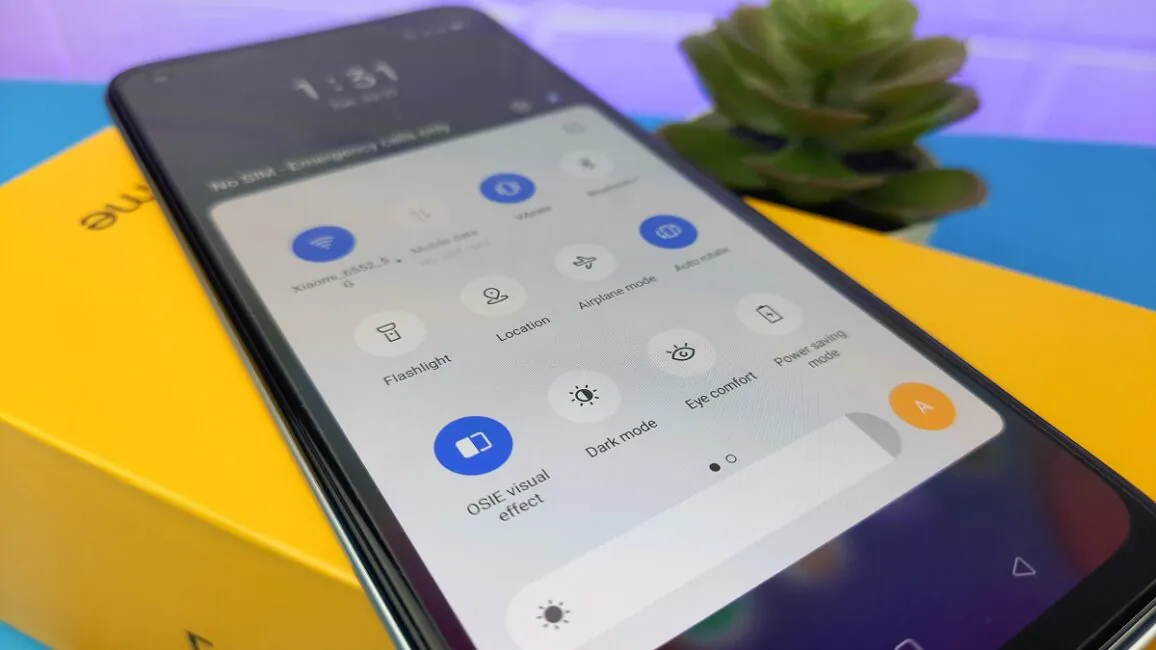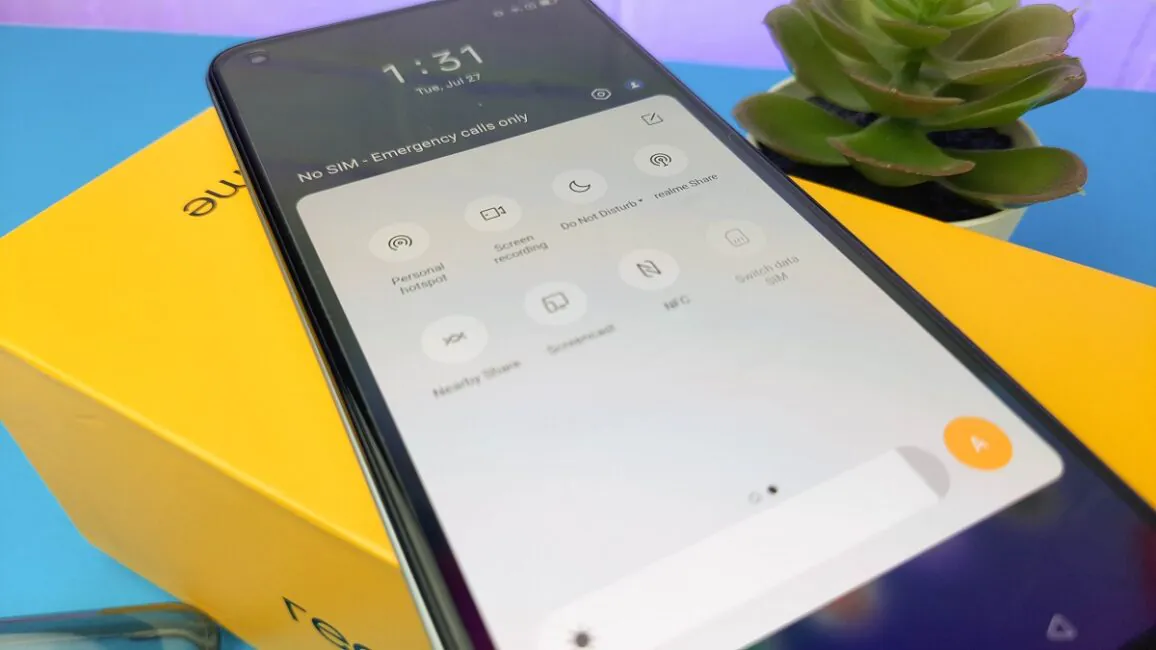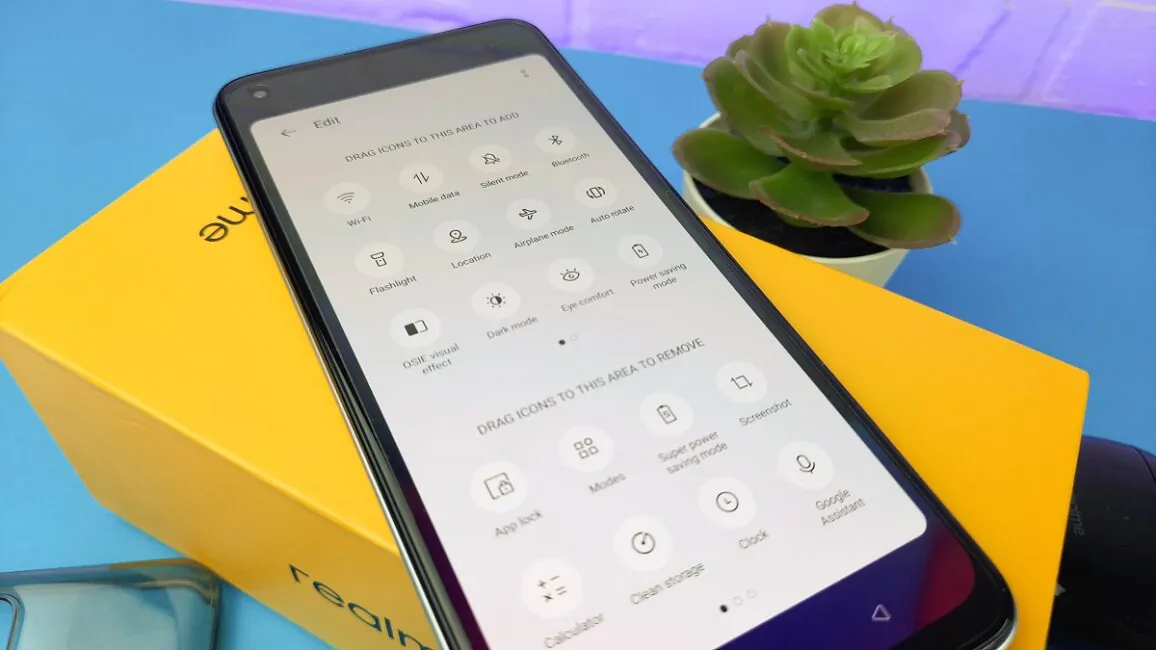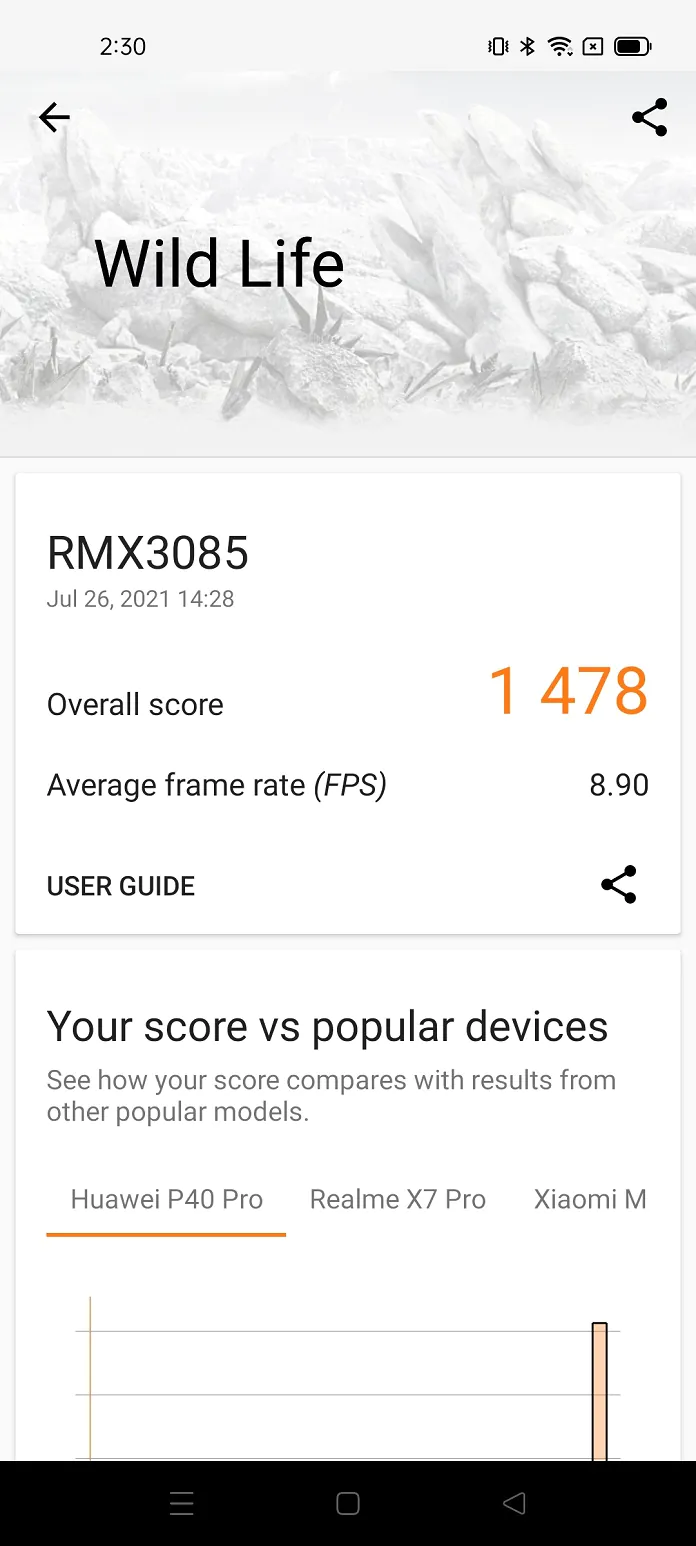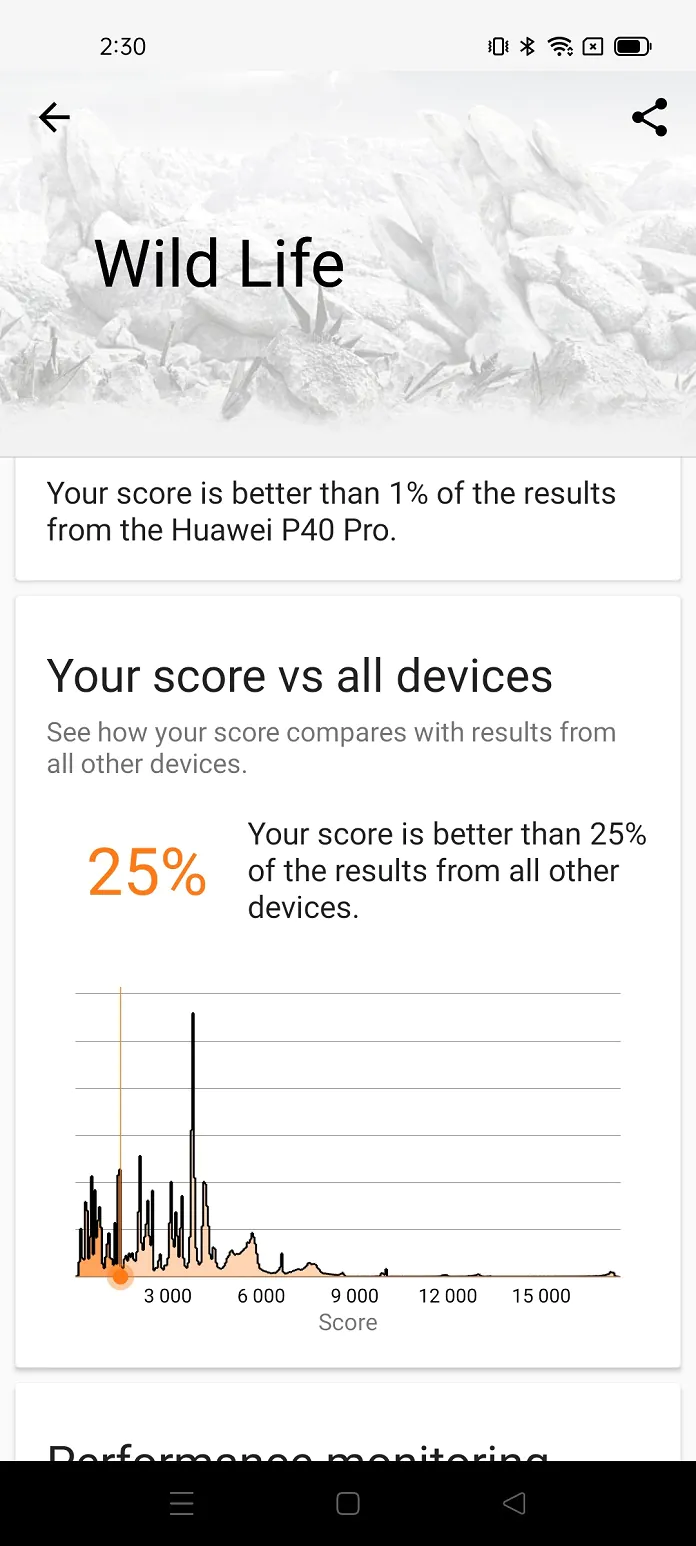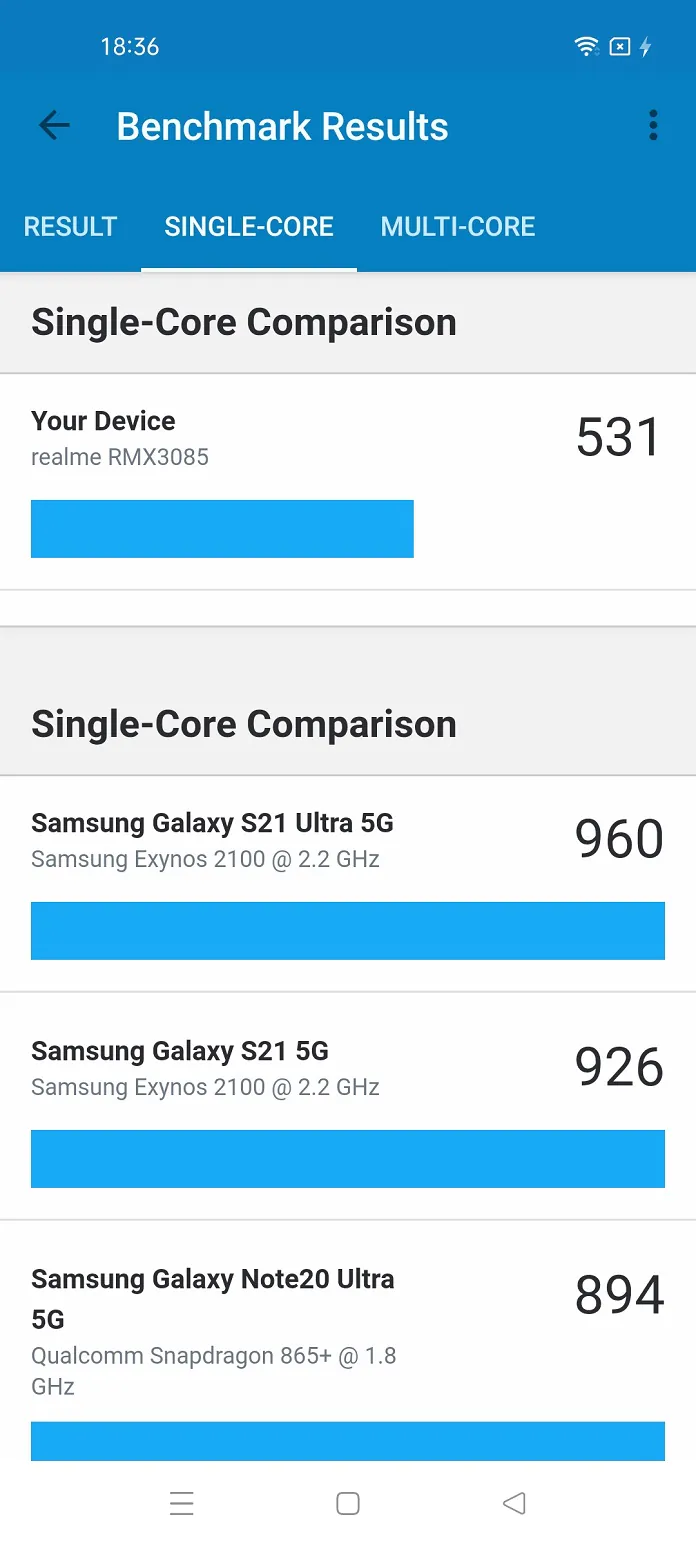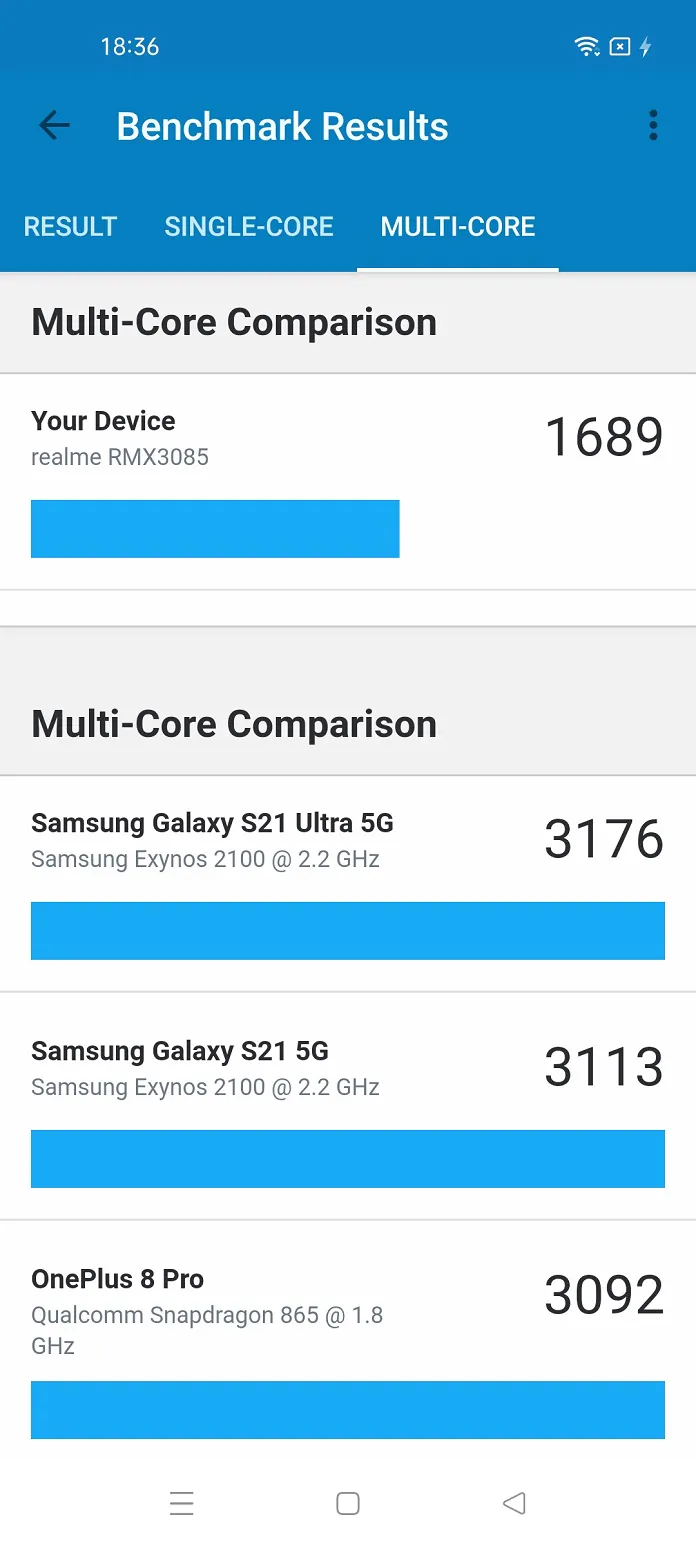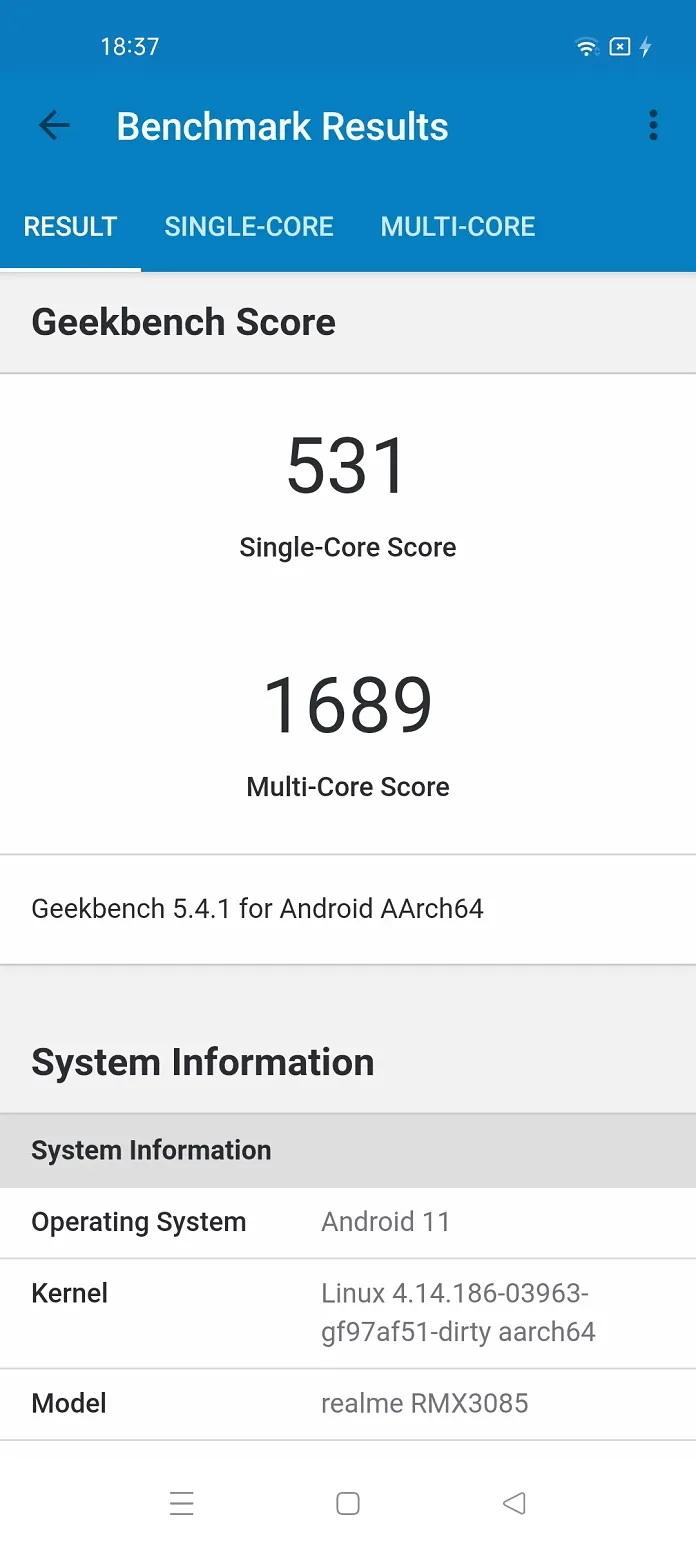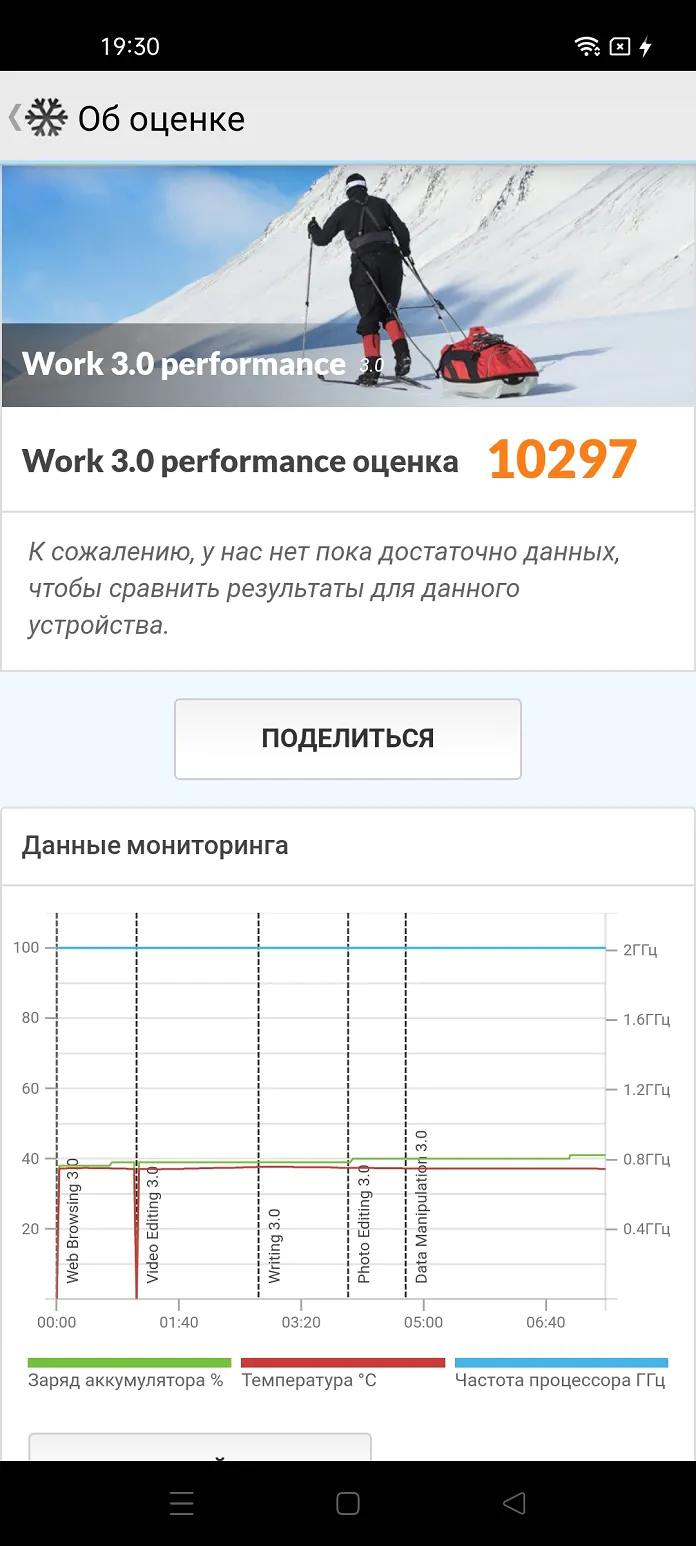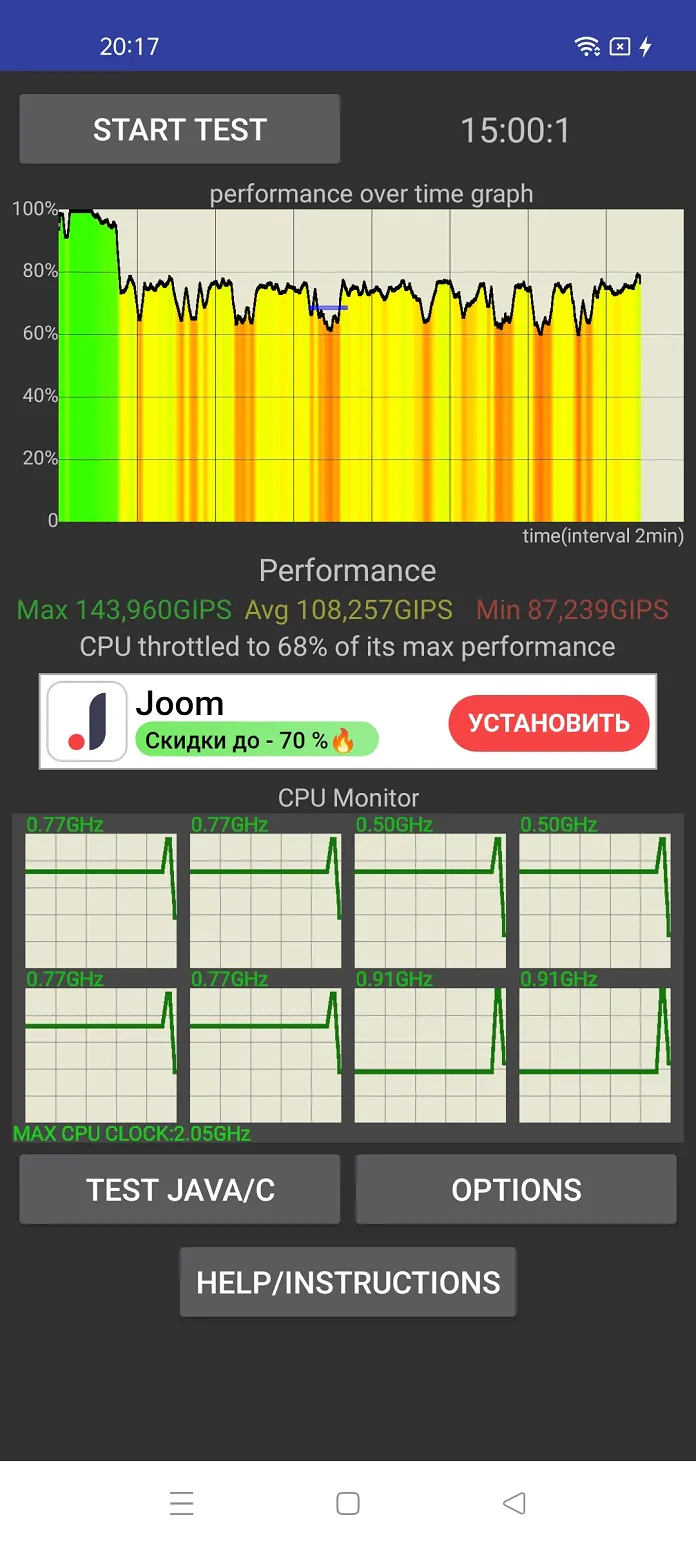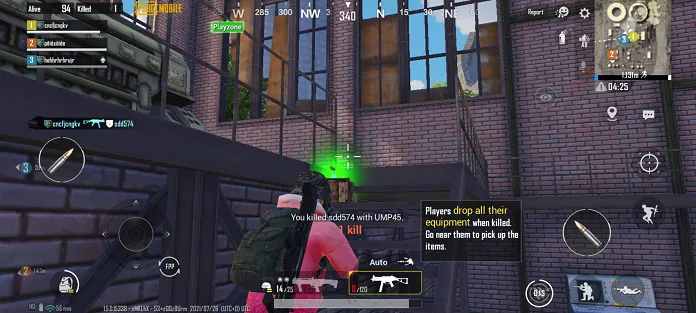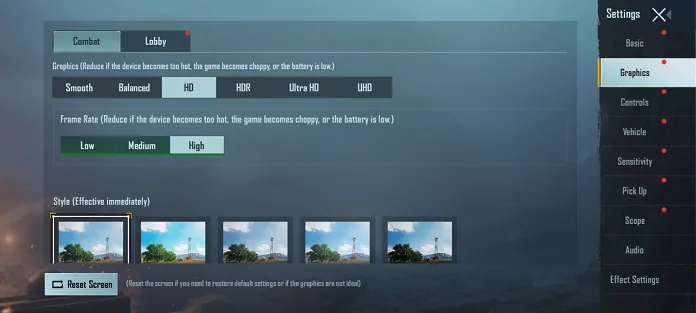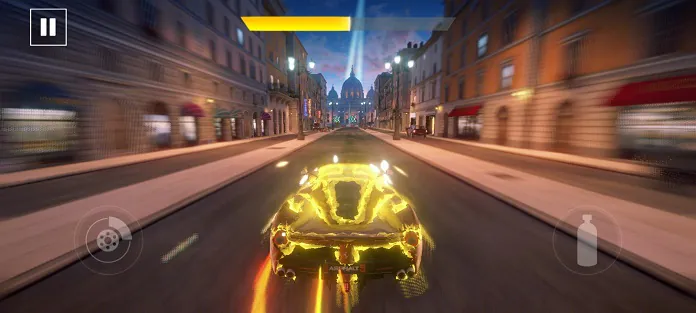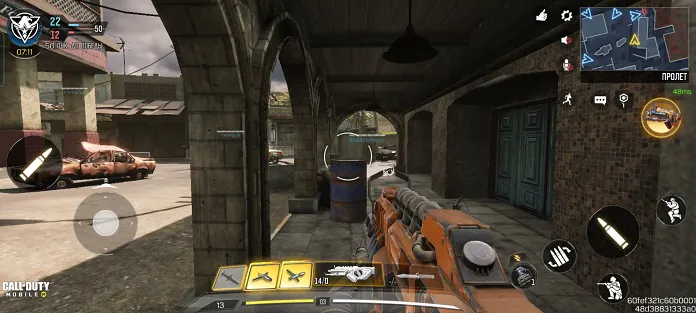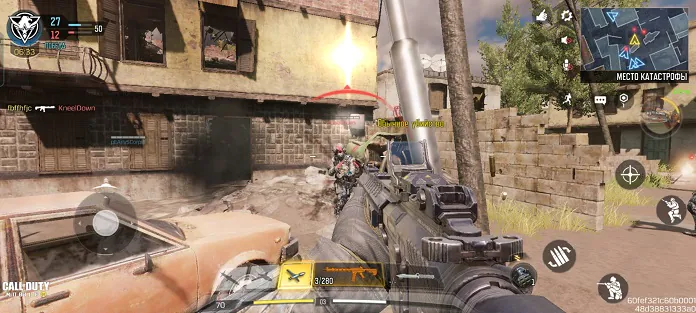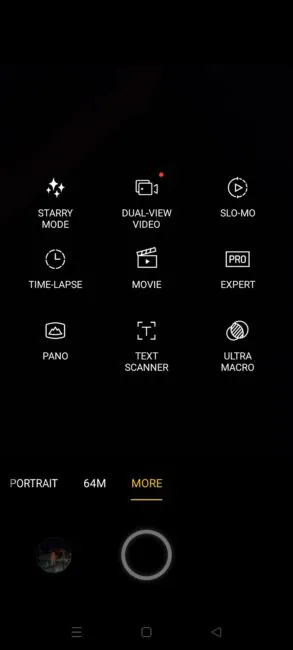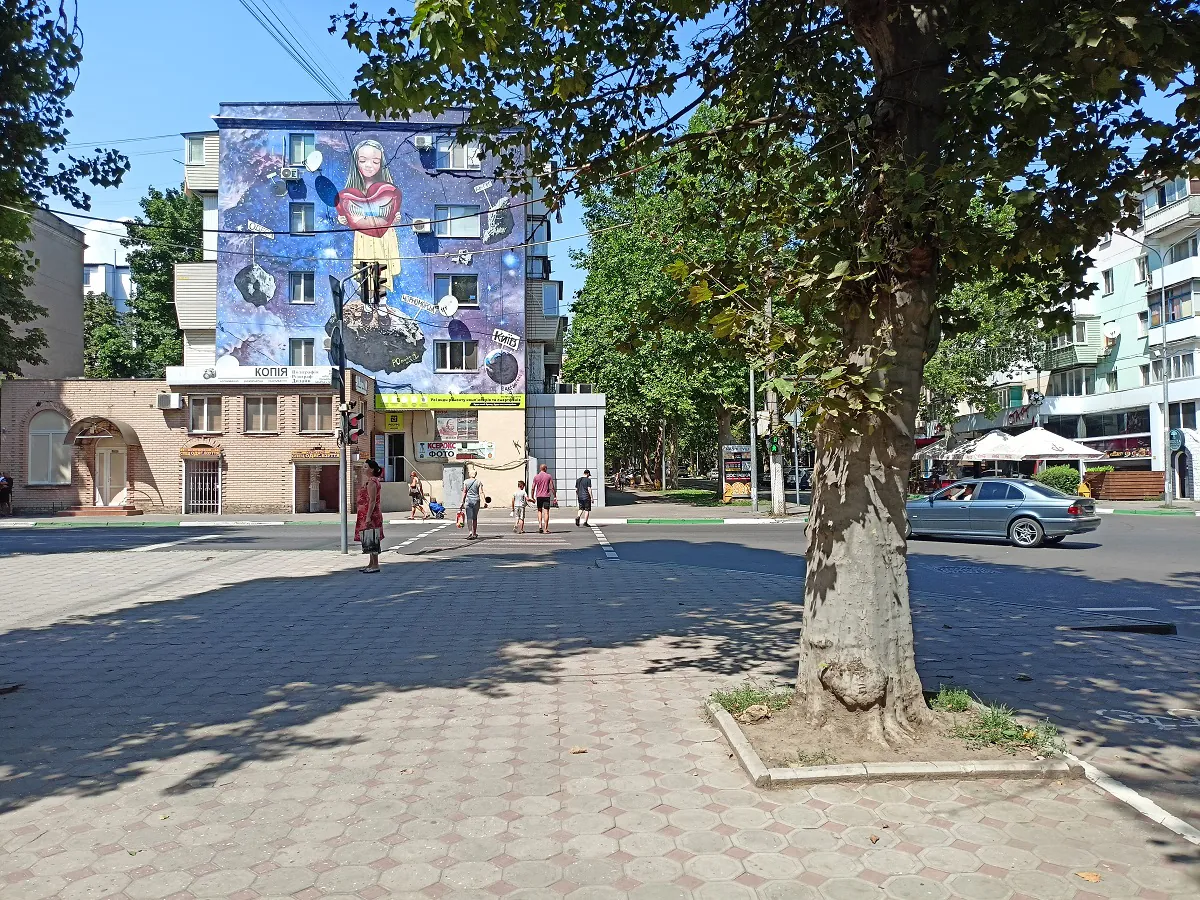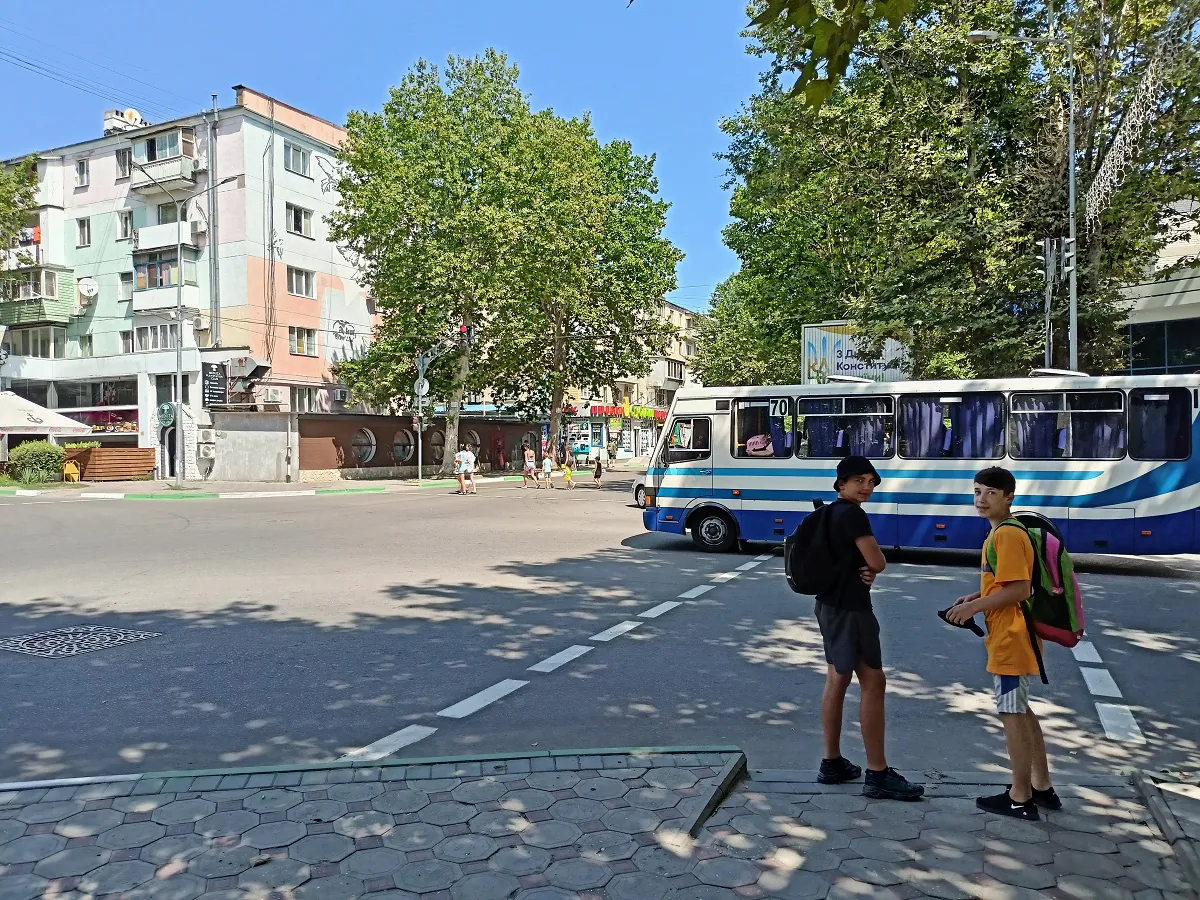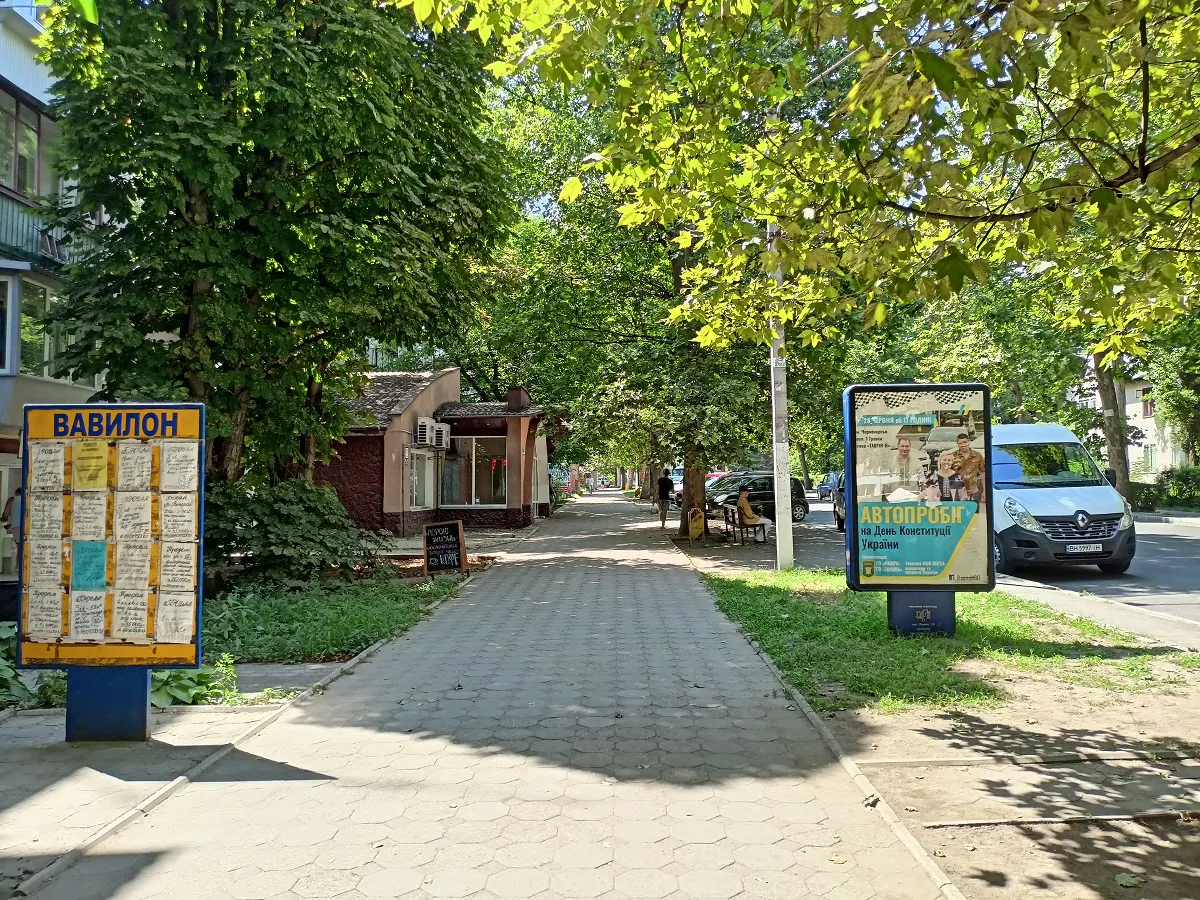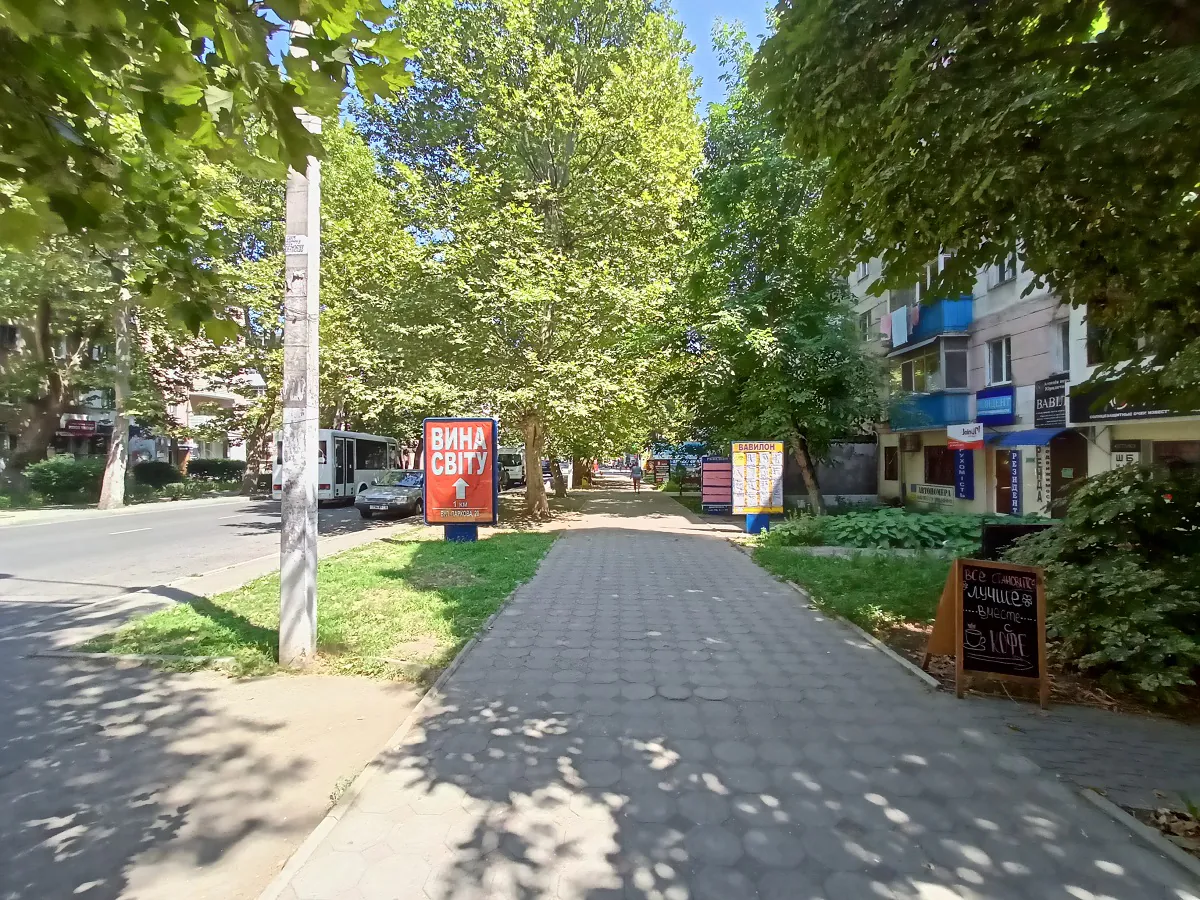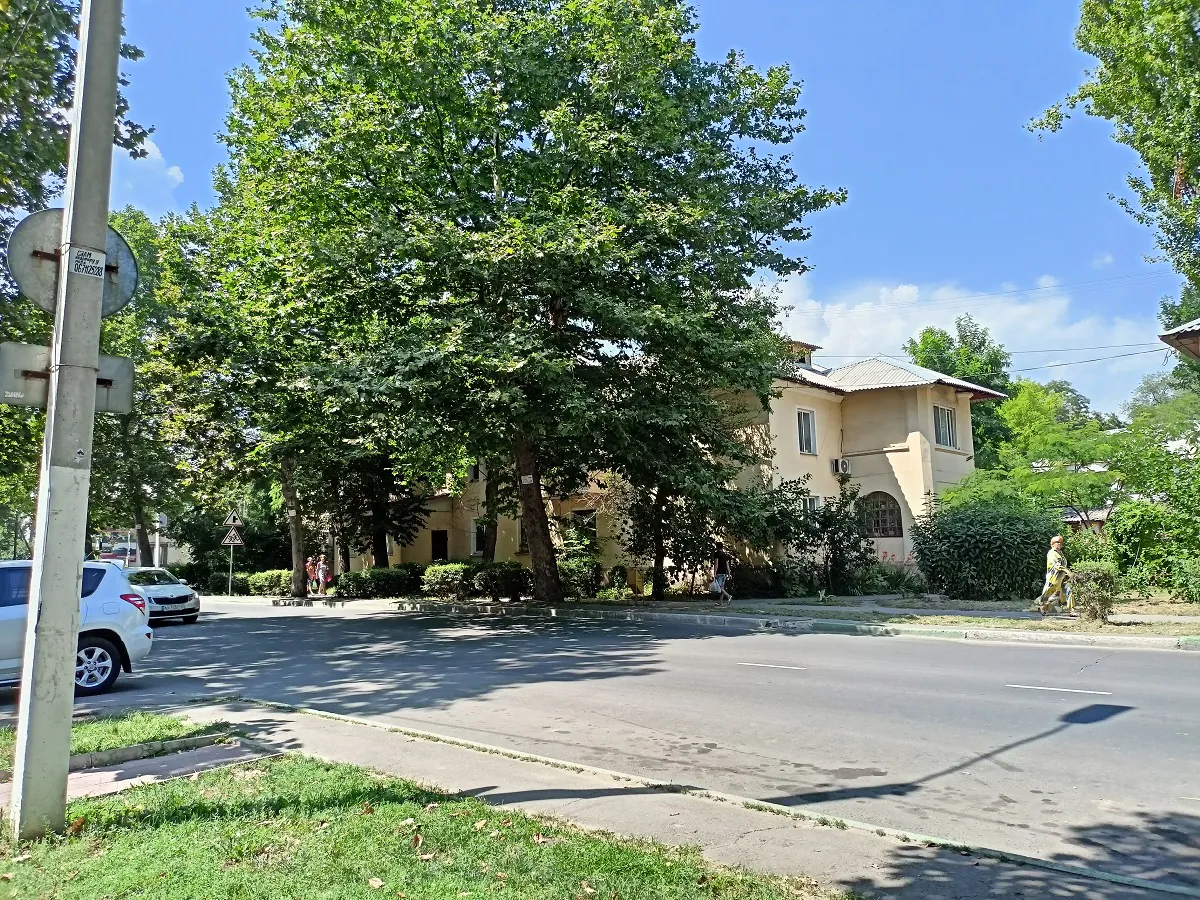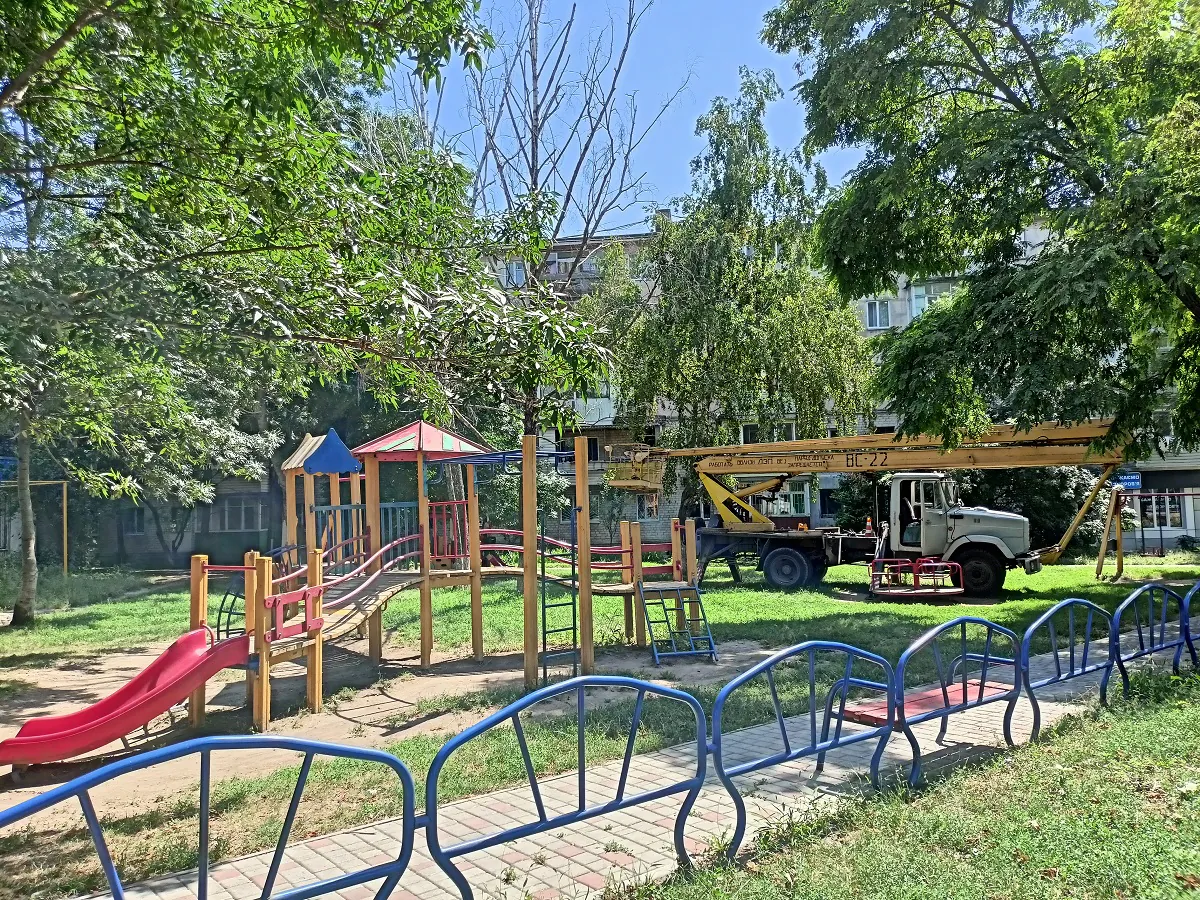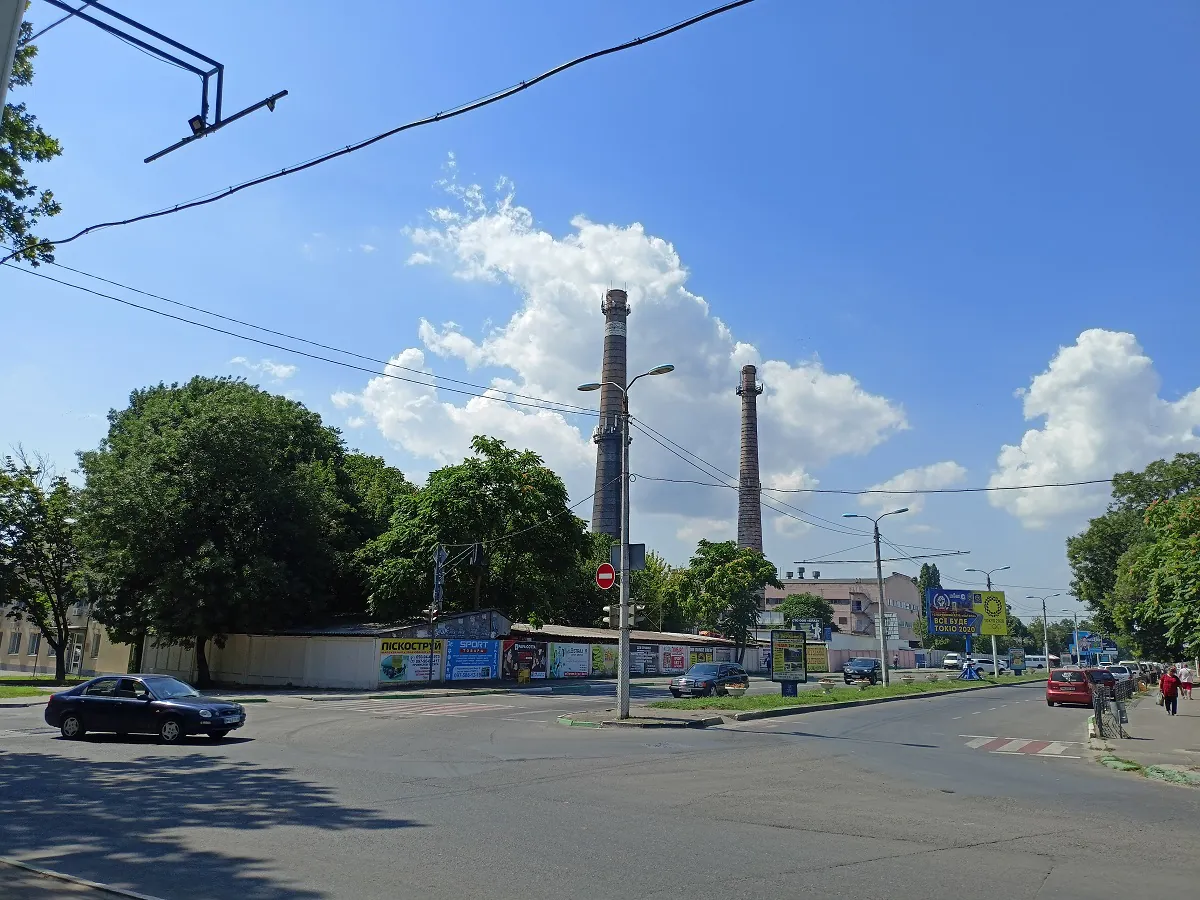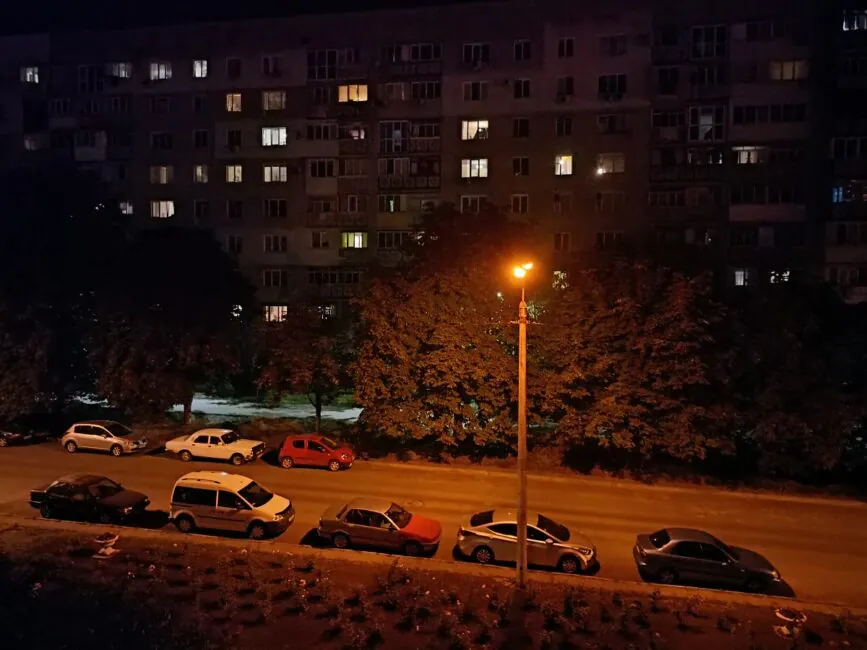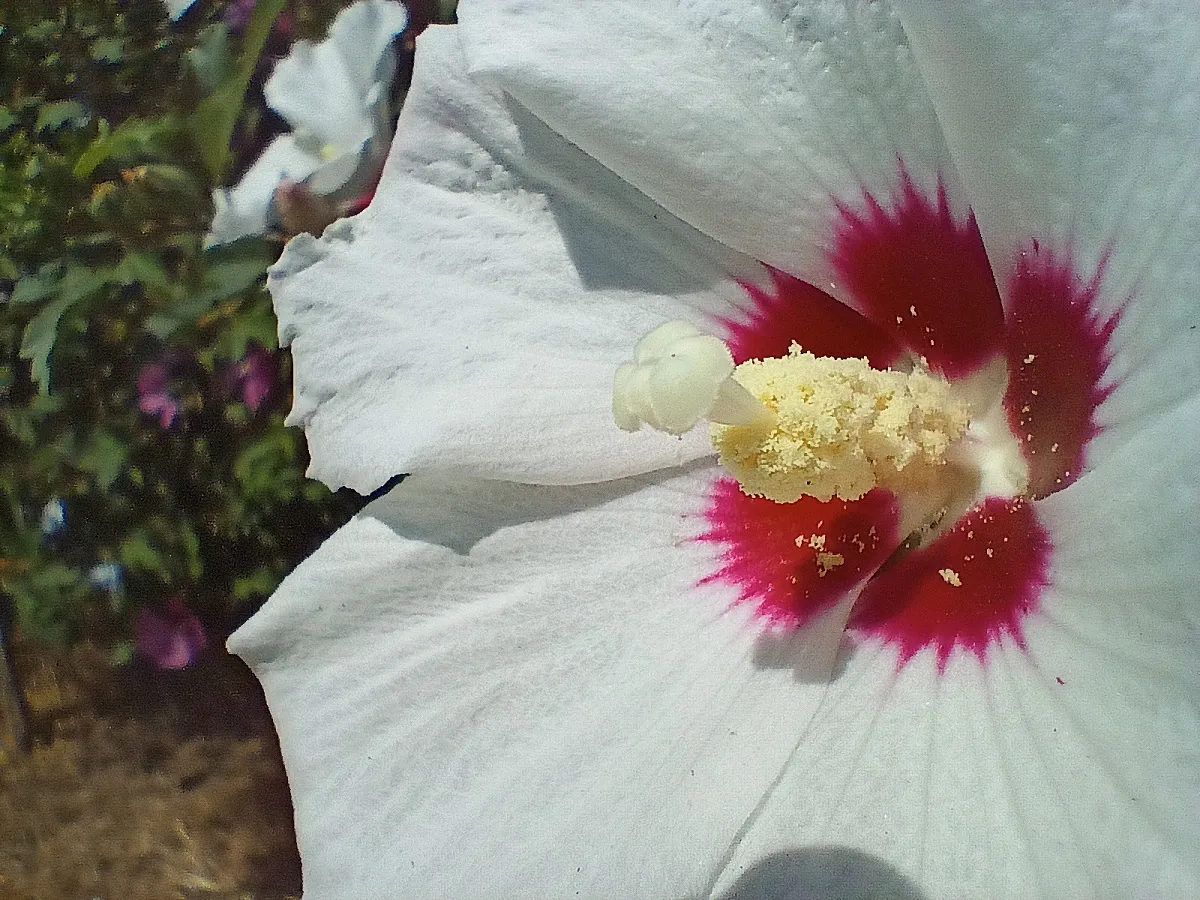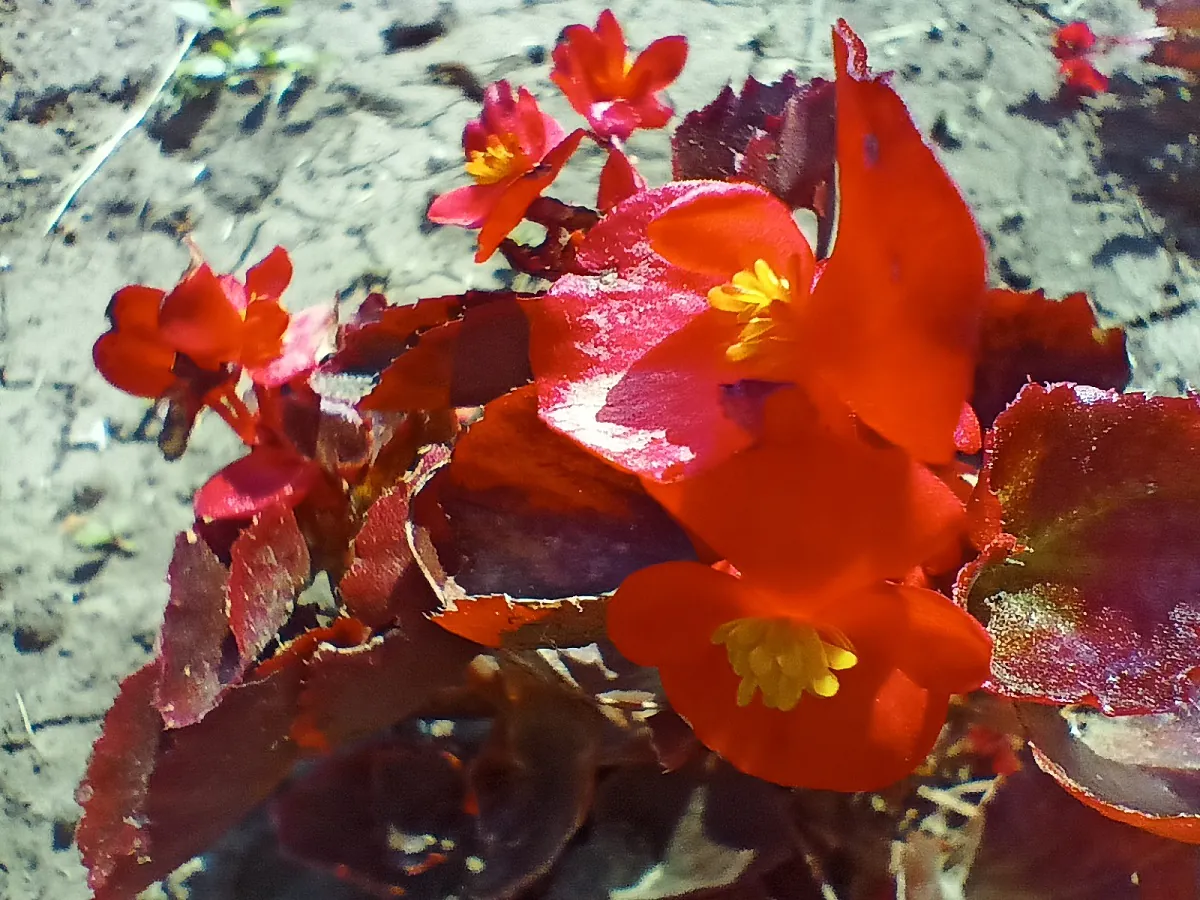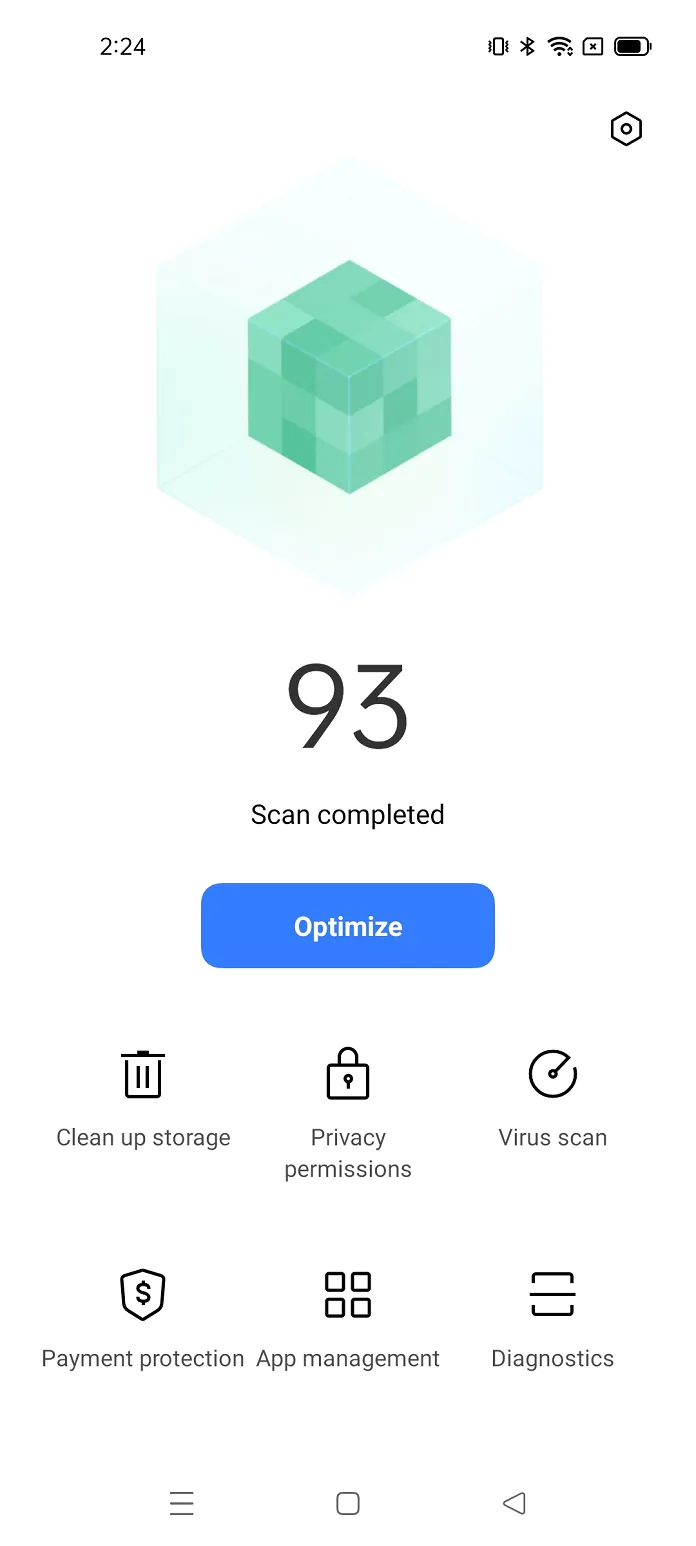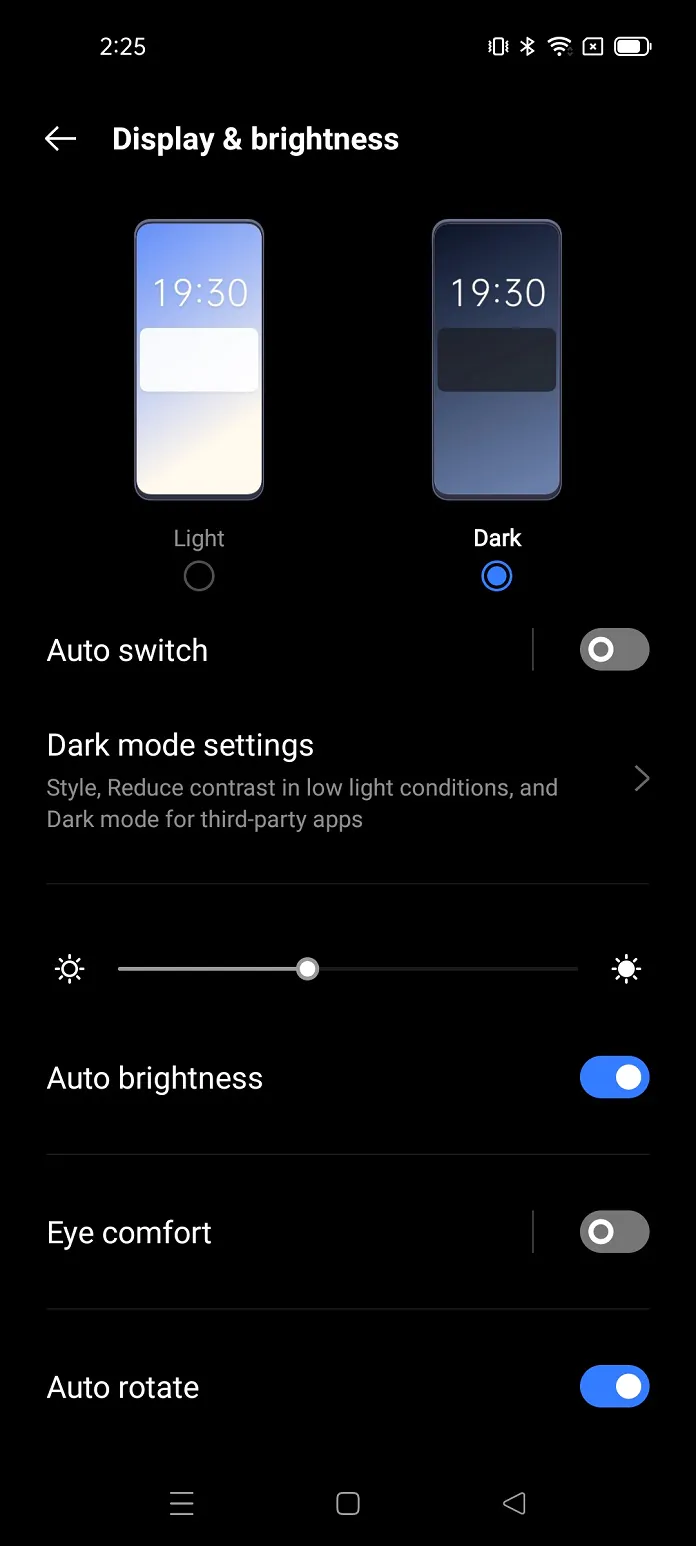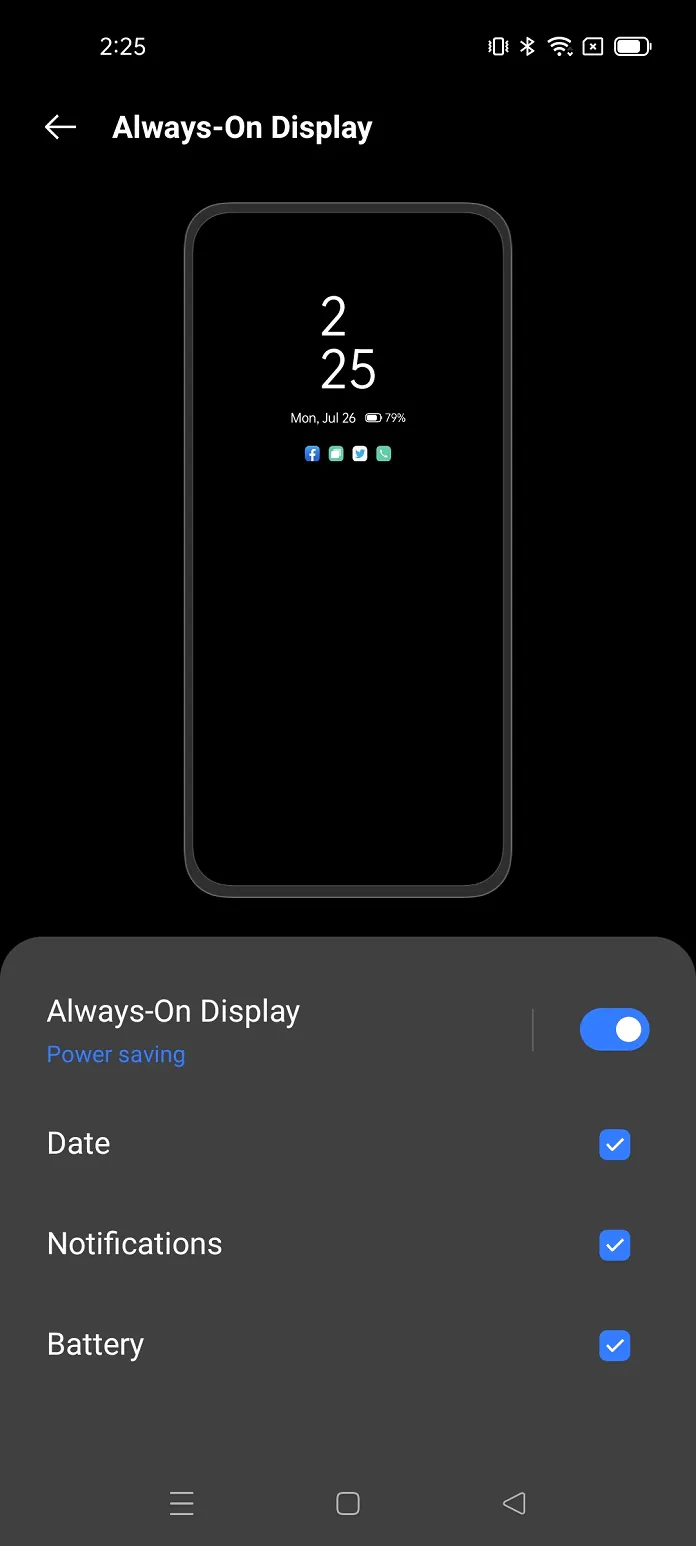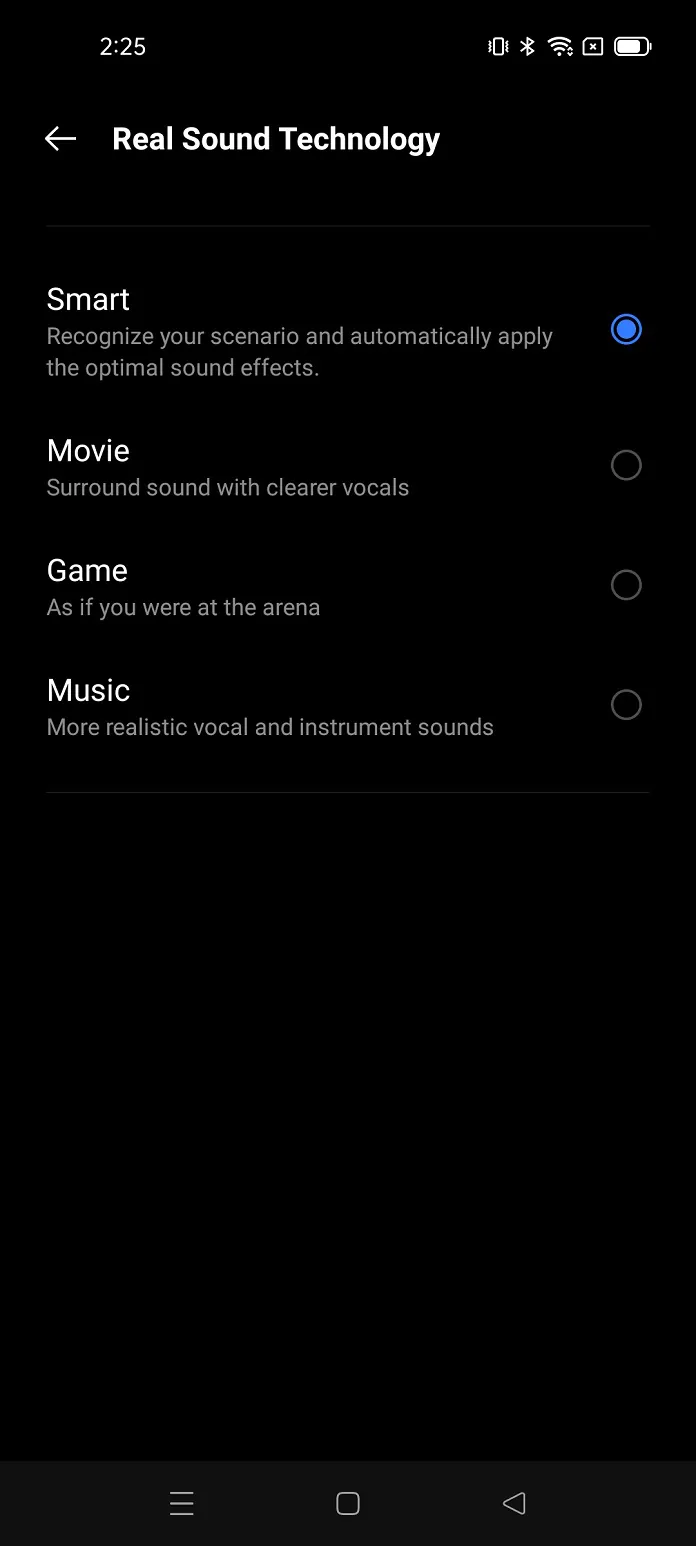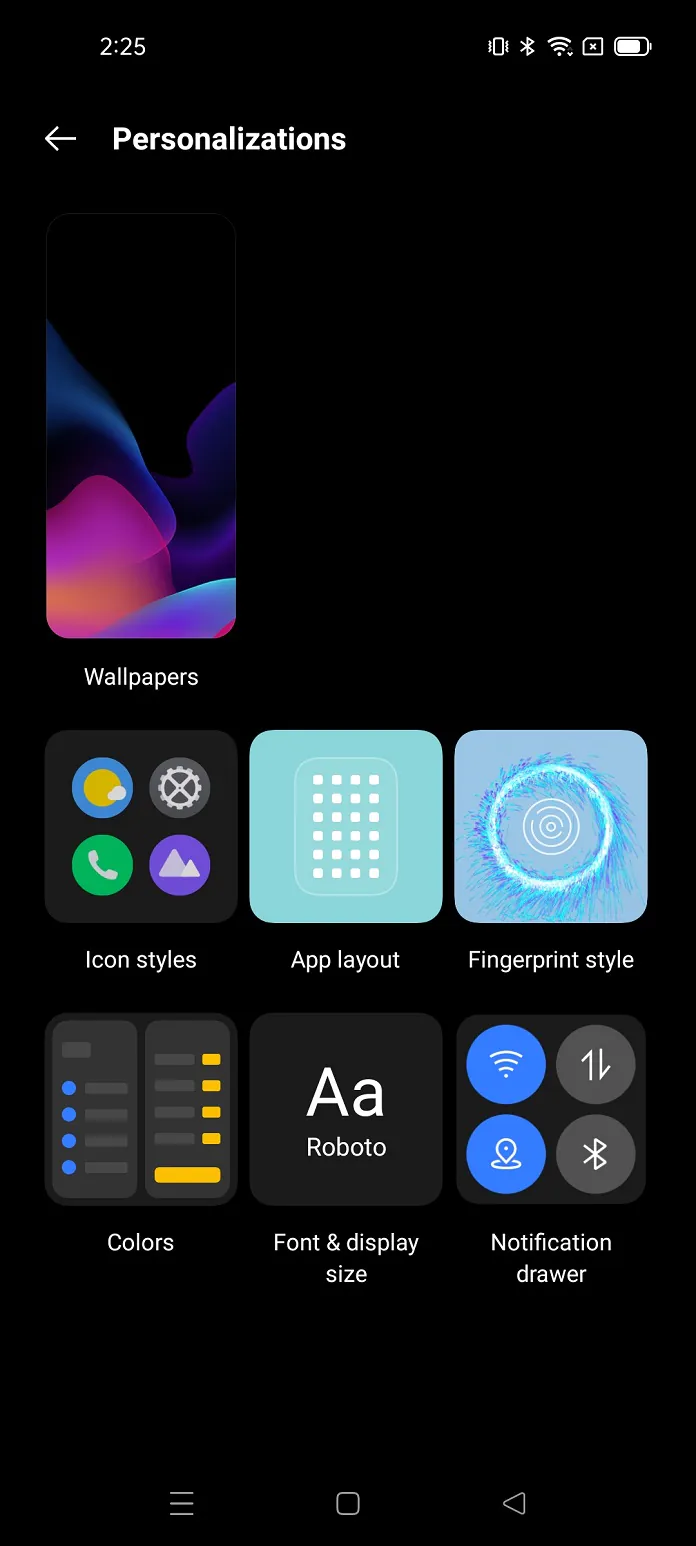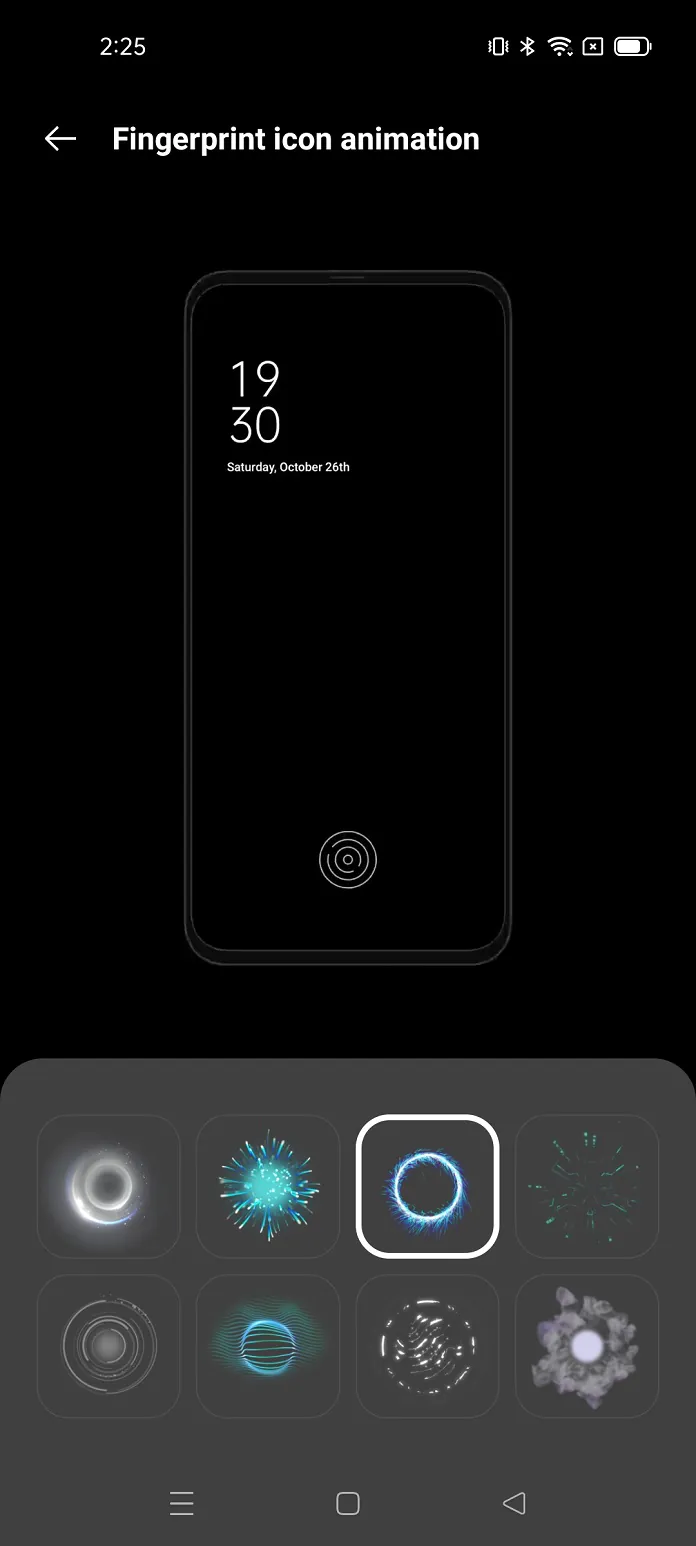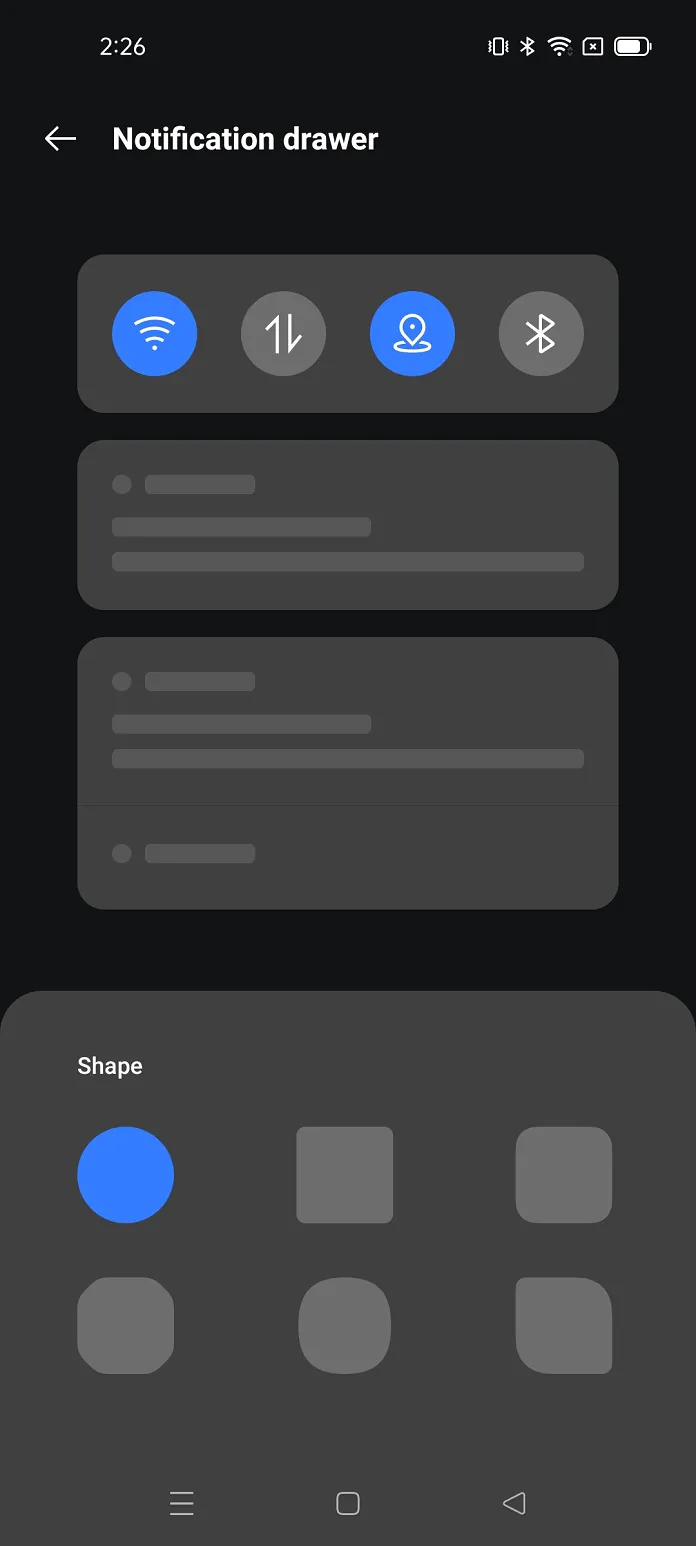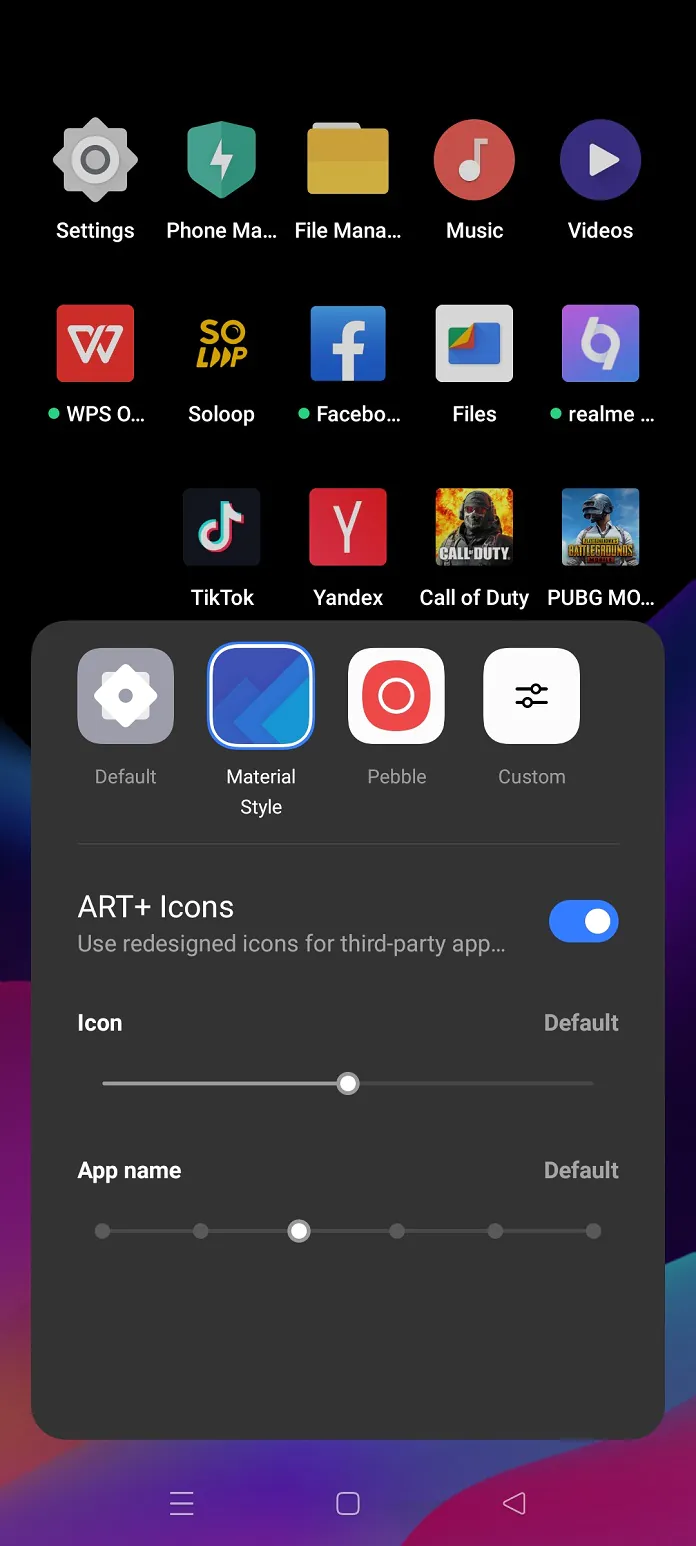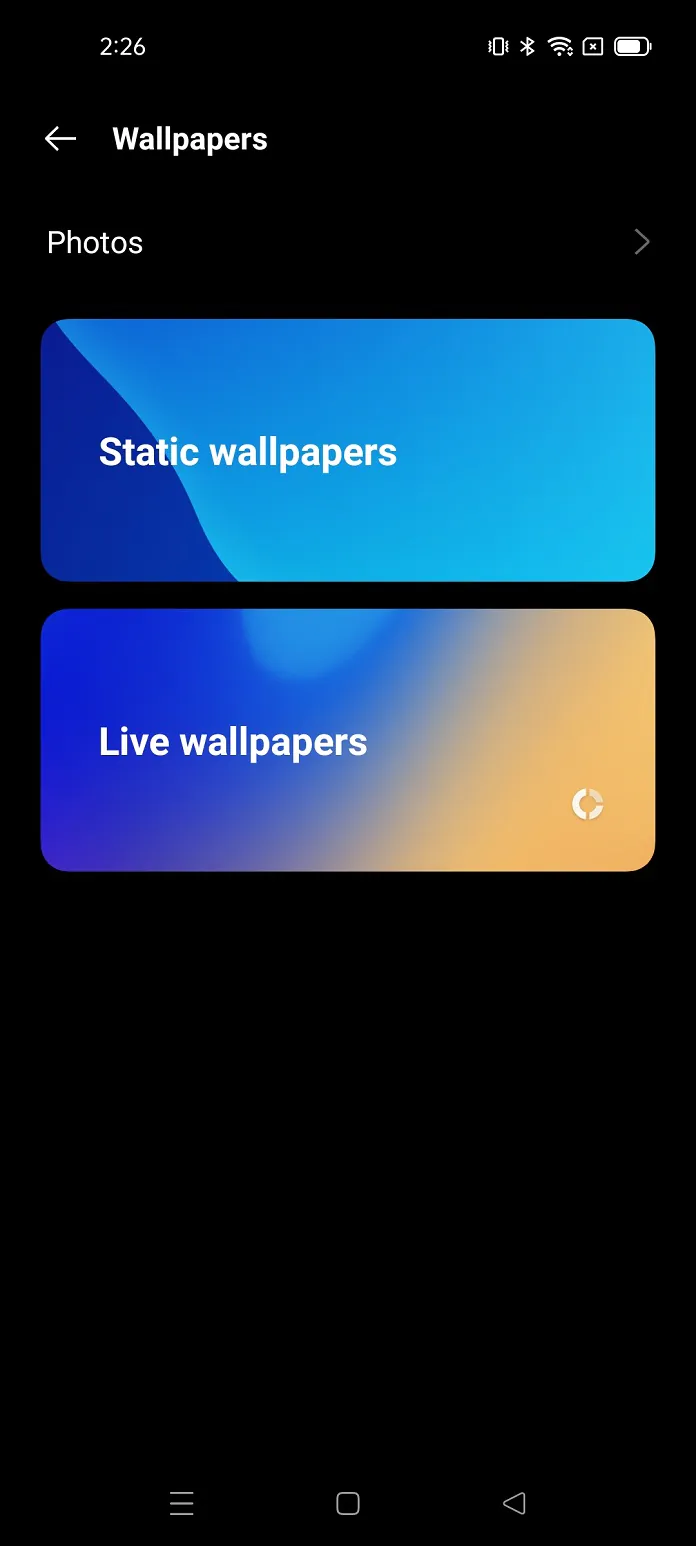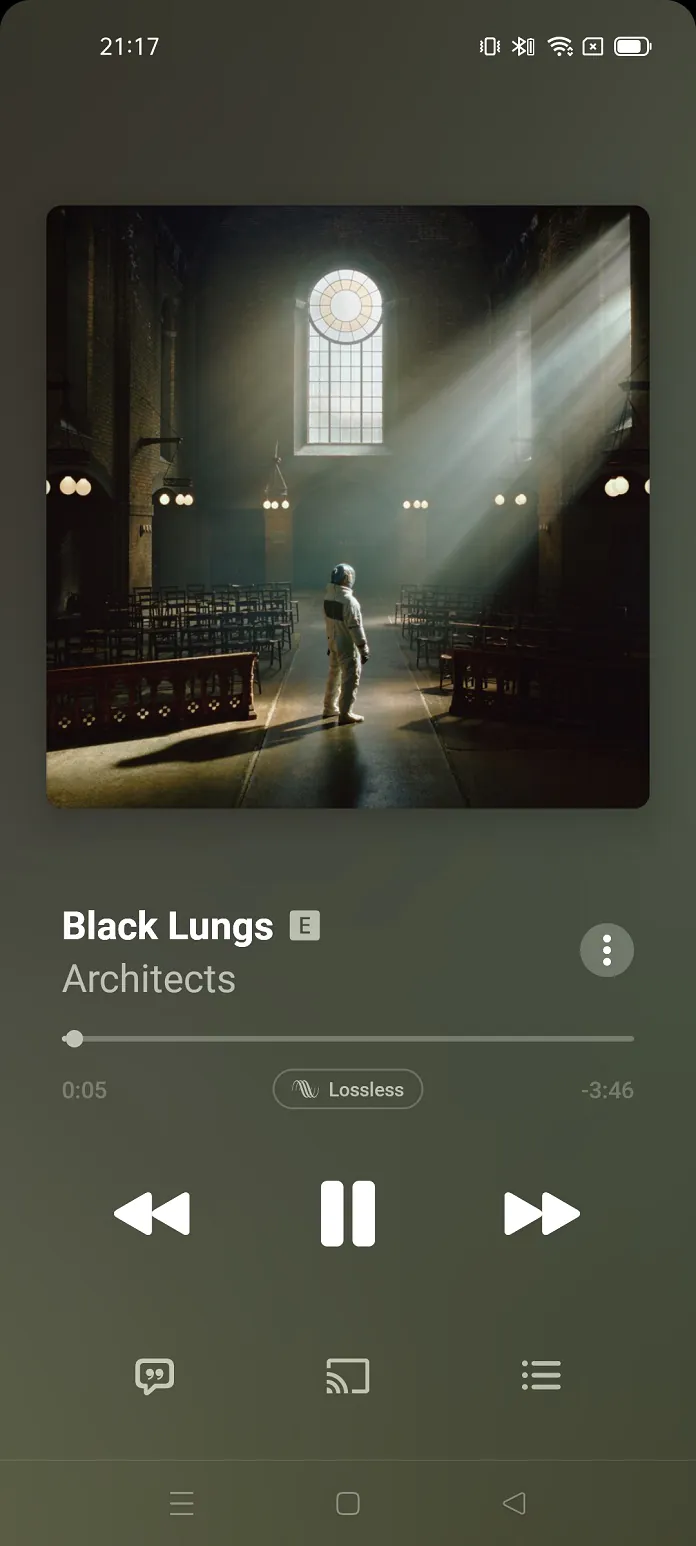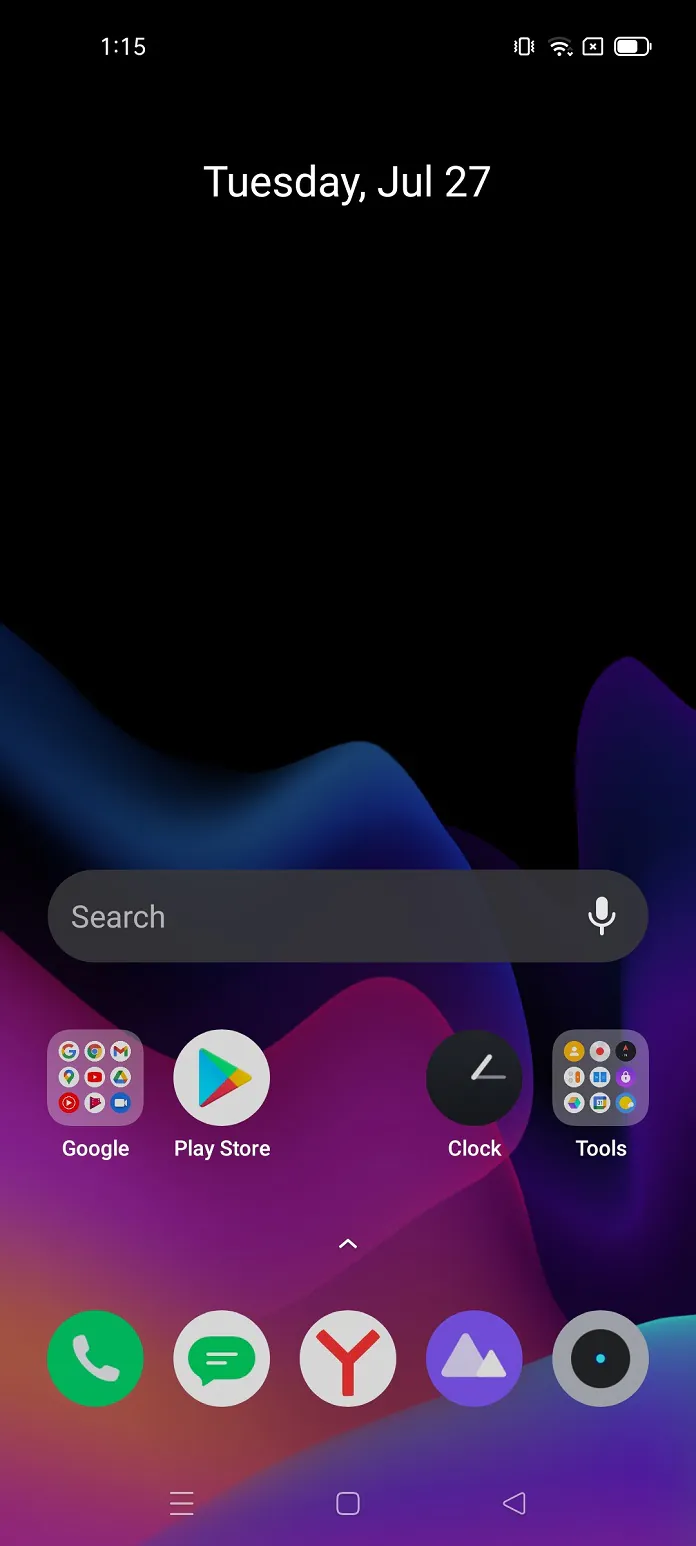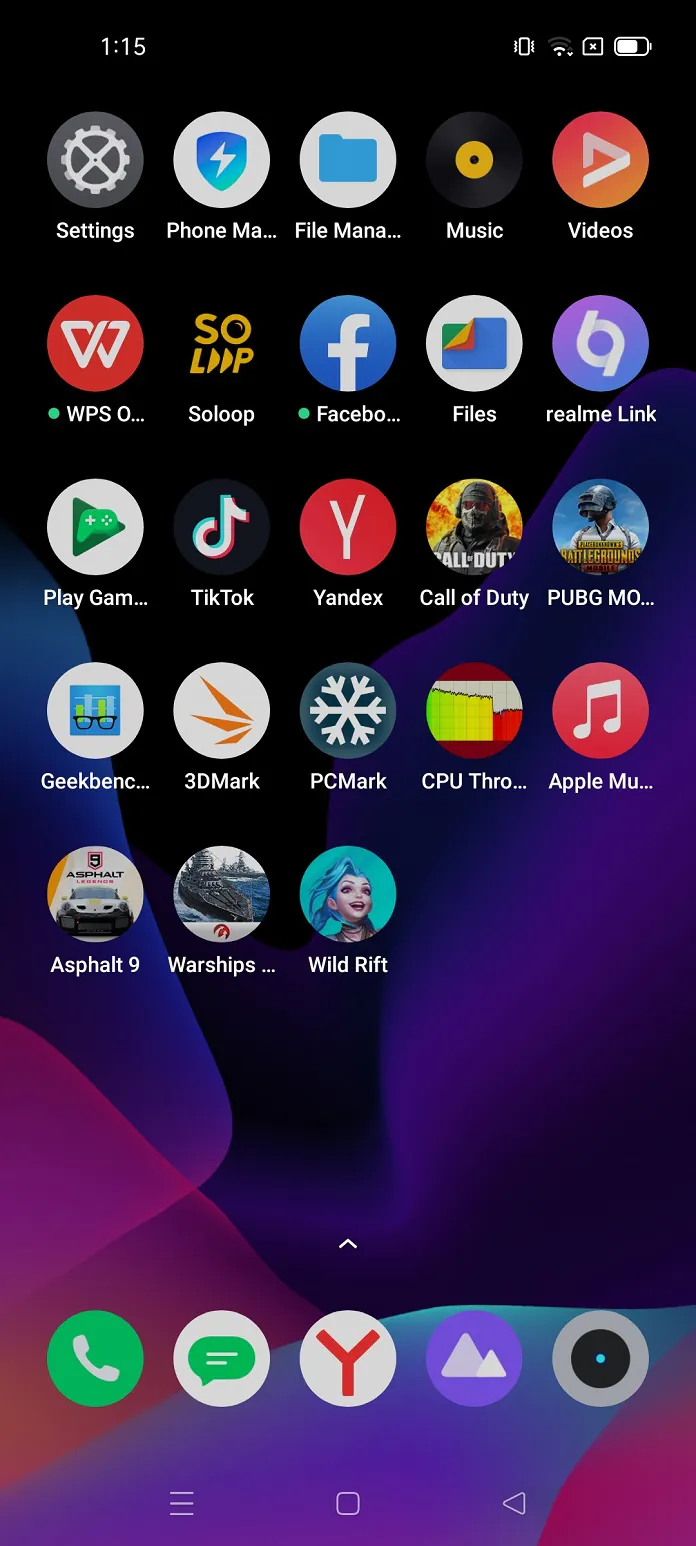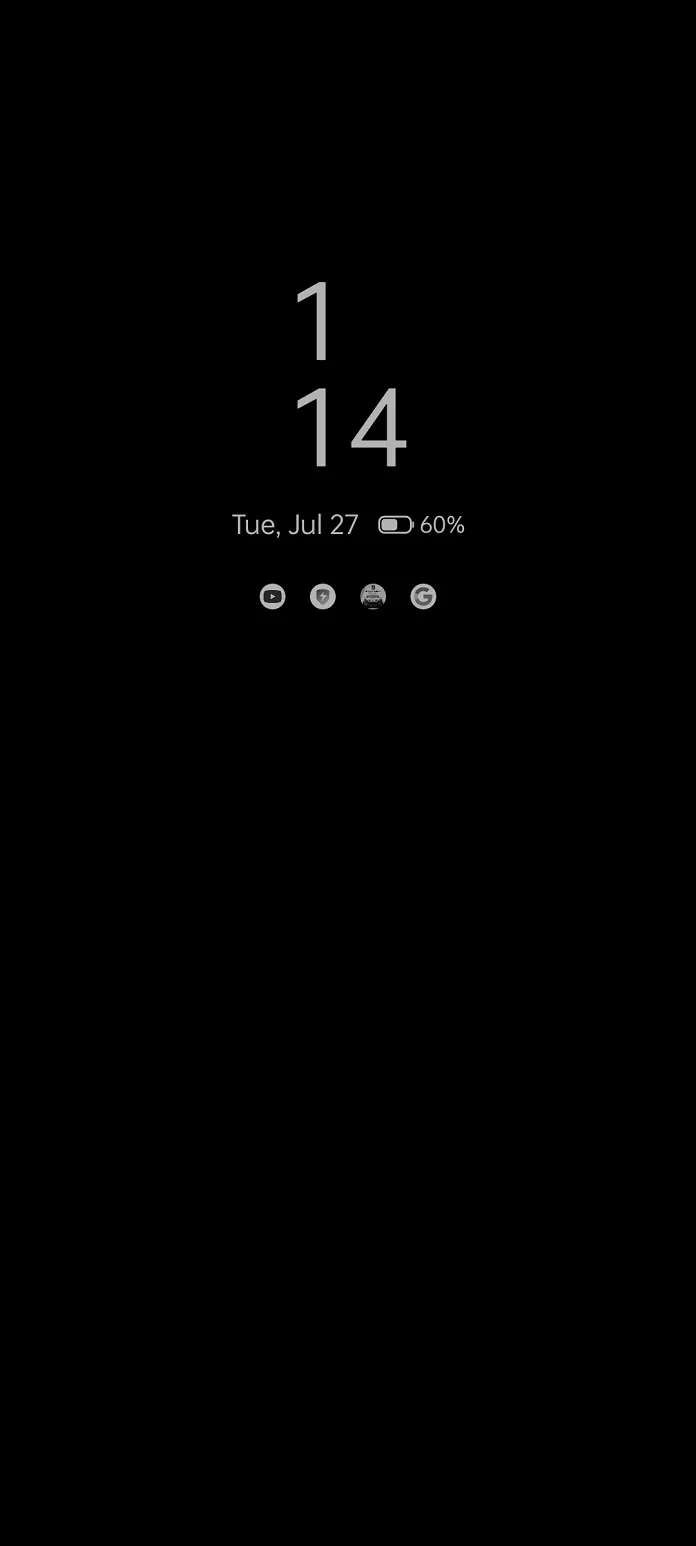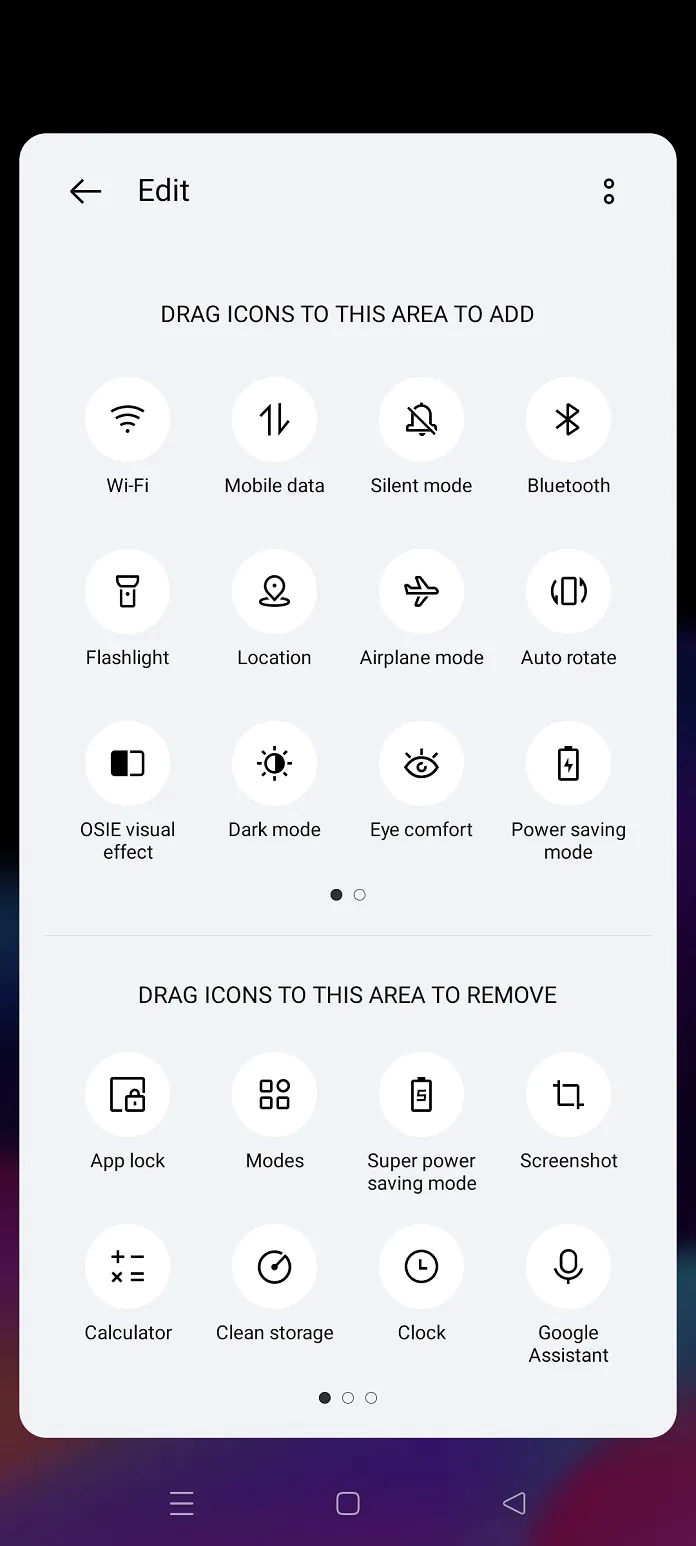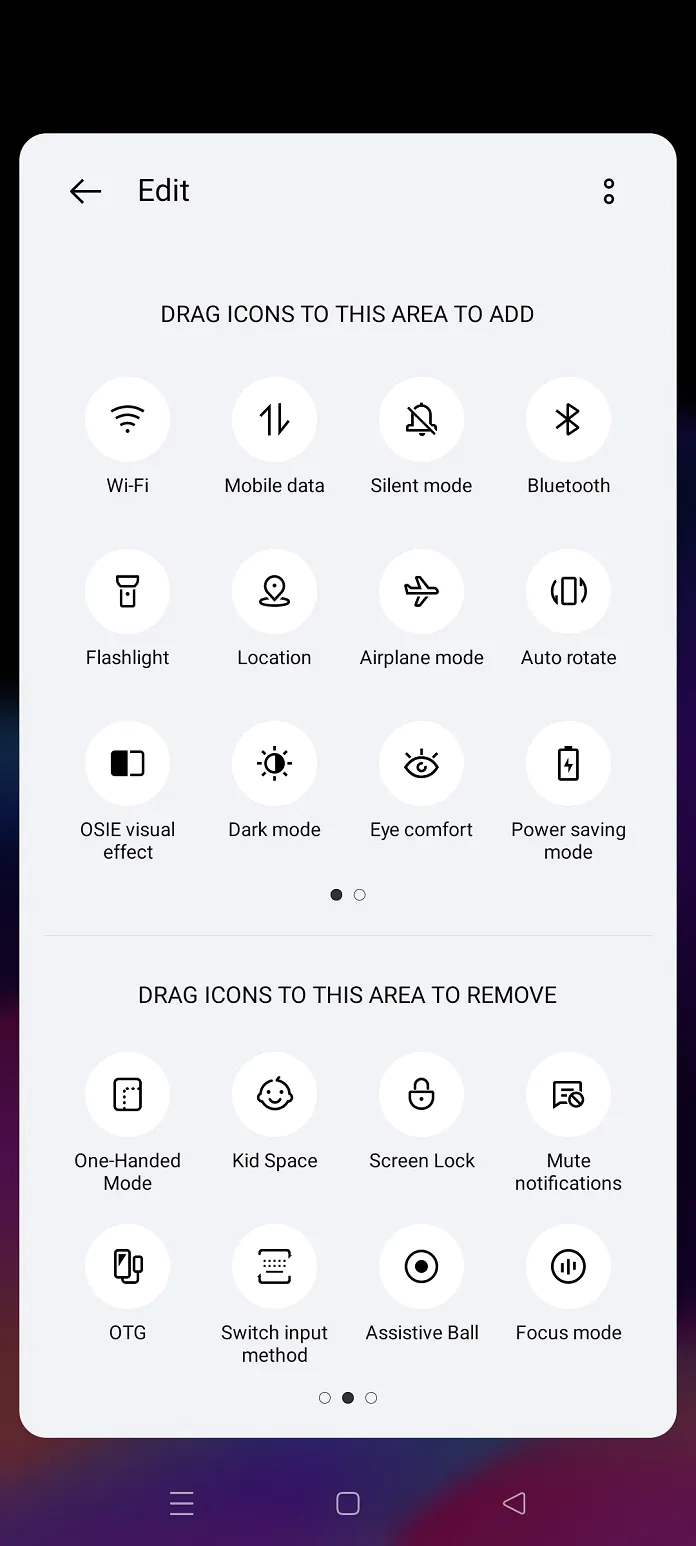© ROOT-NATION.com - Use of content is permitted with a backlink.
The Realme 8 stands out for its bright design, AMOLED screen and great battery life. But did the company manage to make the updated generation better than the previous one? Details in the review below.
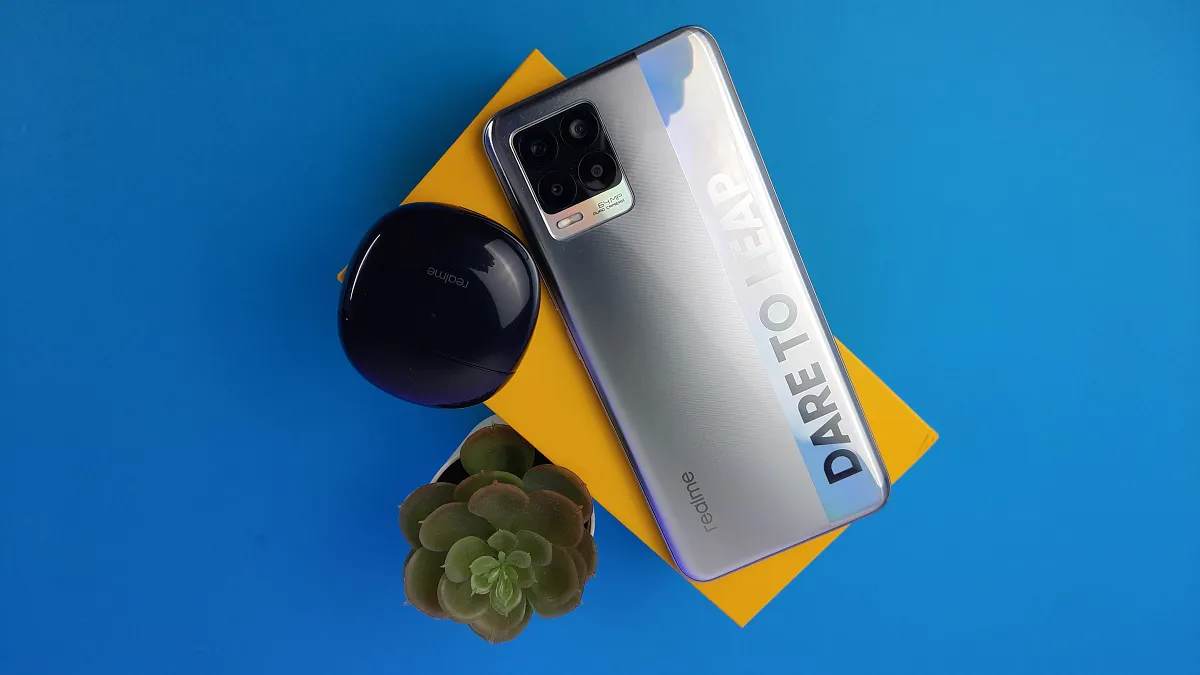
Read also: Realme Buds Air 2 Neo review: Inexpensive quality TWS earphones with ANC are a thing now?
Full specifiations of the realme 8
- Display: 6.4 inches, 2400×1080 pixels (Full HD+), Super AMOLED, 20:9 ratio, 405 ppi pixel density, 1000 nit peak brightness, HDR10 support
- OS: Android 11, branded realme UI 2.0 shell
- Processor: MediaTek Helio G95, 6 Cortex-A55 cores up to 2 GHz + 2 Cortex-A76 cores with up to 2.05 GHz, 12 nm manufacturing process, Mali-G76 graphics
- Memory: 6 GB LPDDR4X RAM, 128 GB of built-in UFS 2.1 memory, support for microSD up to 256 GB
- Connectivity: Wi-Fi a/b/g/n/ac 2.4/5 GHz, Bluetooth 5.1, NFC
- Network: 2G: 850, 900, 1800, 1900 MHz, 3G, 4G, Two Nano SIM cards + memory card, separate slot
- Navigation: GPS, AGPS, GLONASS, GALILEO, Beidou
- Sensors and connectors: in-screen fingerprint scanner, accelerometer, lighting sensor, proximity sensor, compass, USB Type-C, 3.5 mm connector
- Main camera: 64 MP, wide-angle, Quad Bayer, f/1.79, pixel size 0.8 μm, PDAF (phase autofocus), 8 MP, ultra-wide angle, f/2.3, 1.12 μm, 119 degrees viewing angle, 2 MP, macro camera, f/2.4, 2 MP, white balance sensor, f/2.4
- Front-facing camera: 16 MP, Sony IMX471, wide-angle, f/2.45, 1 μm, HDR, panoramic shooting
- Battery: Li-ion 5000 mAh, fast charging Dart Charge 30 W
- Color: Silver, black
- Dimensions and weight: 160.6×73.9×8 mm, 177 grams
- Materials: Corning Gorilla Glass 3 Front Protective Glass, Plastic Frame, Plastic Backrest
Price and positioning
With an official price tag of $261, the realme 8 belongs to the upper range of the budget segment. At the same time, retailers have a version of a smartphone with 4 GB of RAM for $221 or a variant with 6 GB of RAM $242.
In the new generation, the company did not create confusion with the junior and senior models, as was the case with realme 7; back then it seemed kuje one device should be better than the other in terms of camera and hardware, but it turned out the other way around. But now everything is ok: the realme 8 differs from the realme 8 Pro and a more expensive model is a clear winner. True, the G8 has a larger battery than Pro, but fast charging is weaker there.
What’s in the box
The realme 8 comes in a classic bright yellow box without pictures and with a minimum of inscriptions. Inside is the phone itself with the factory protective film pasted on the display, a transparent silicone case, a SIM eject tool, a USB C cable, a 30 W power supply, instructions and a warranty.
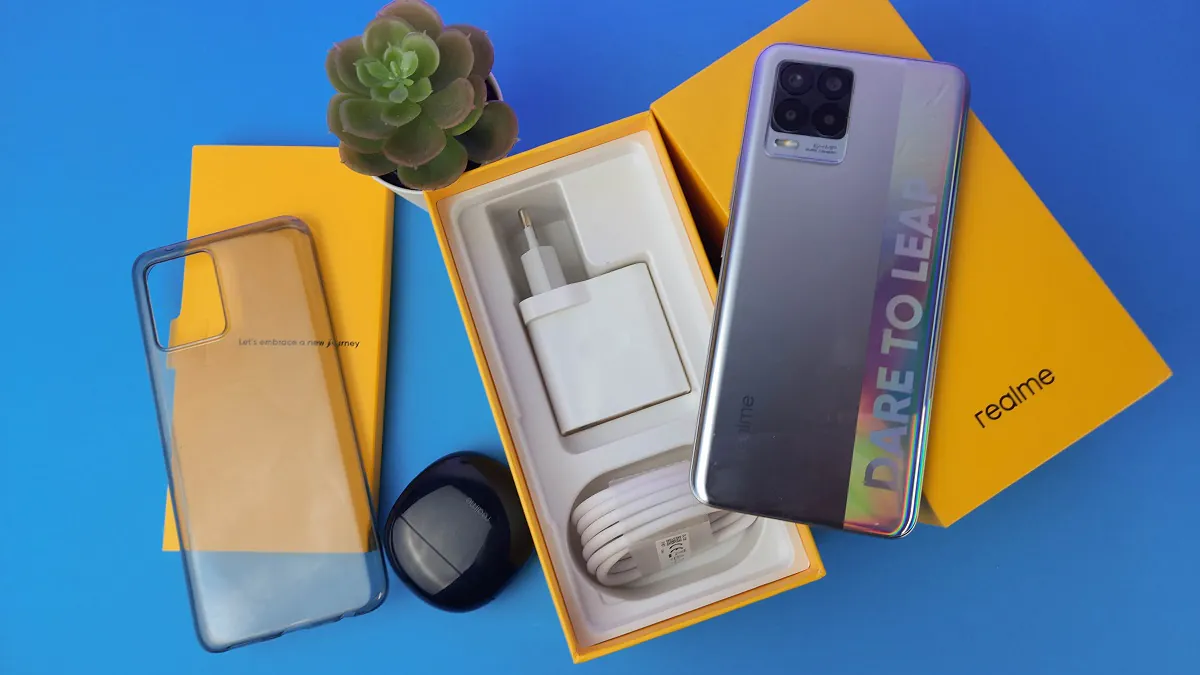
Design, materials and build quality
The realme 8 looks like a modern Chinese smartphone: bright, eye catching and with large inscriptions on the plastic case. To the standard realme logo is accompanied by a flashy “DARE TO LEAP” slogan on a glossy rainbow strip across the entire back cover. It looks neat and attracts attention. And the smartphone seems more expensive than it really is. If you don’t like it, you can always buy an opaque case. Also, a version of the smartphone without an inscription will go on sale in many markets.
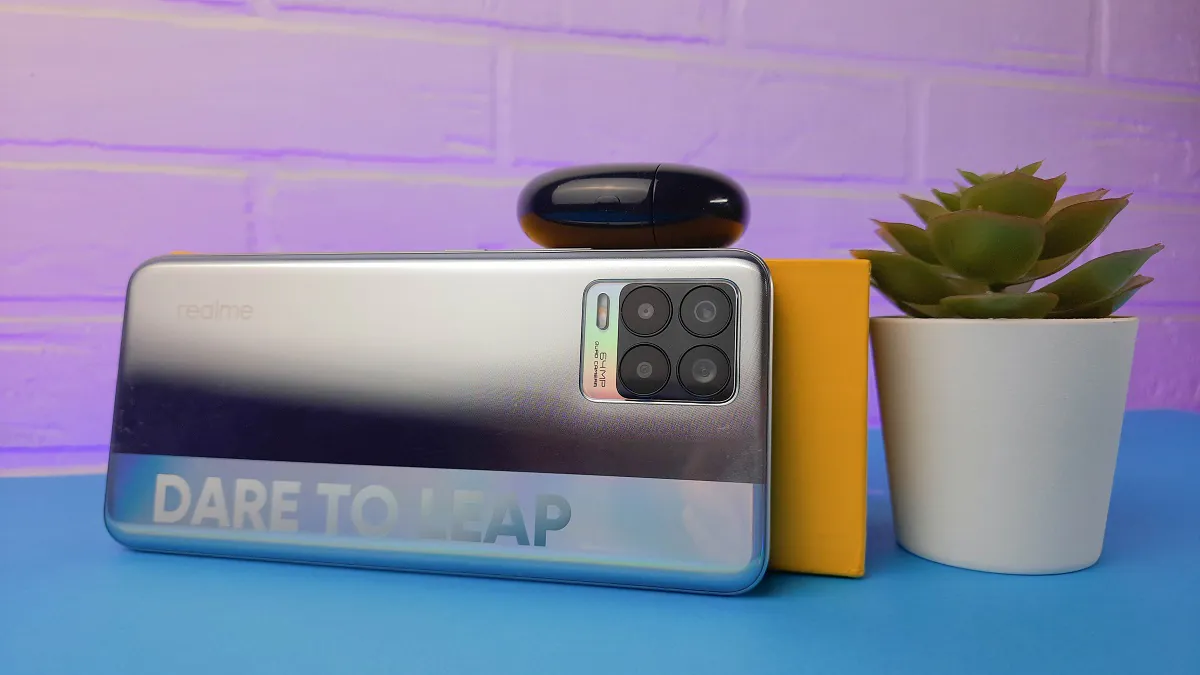
The glossy surface quickly gets dirty and collects fingerprints with lightning speed, and without a protective cover it will always look dirty, even if you constantly wipe the smartphone.
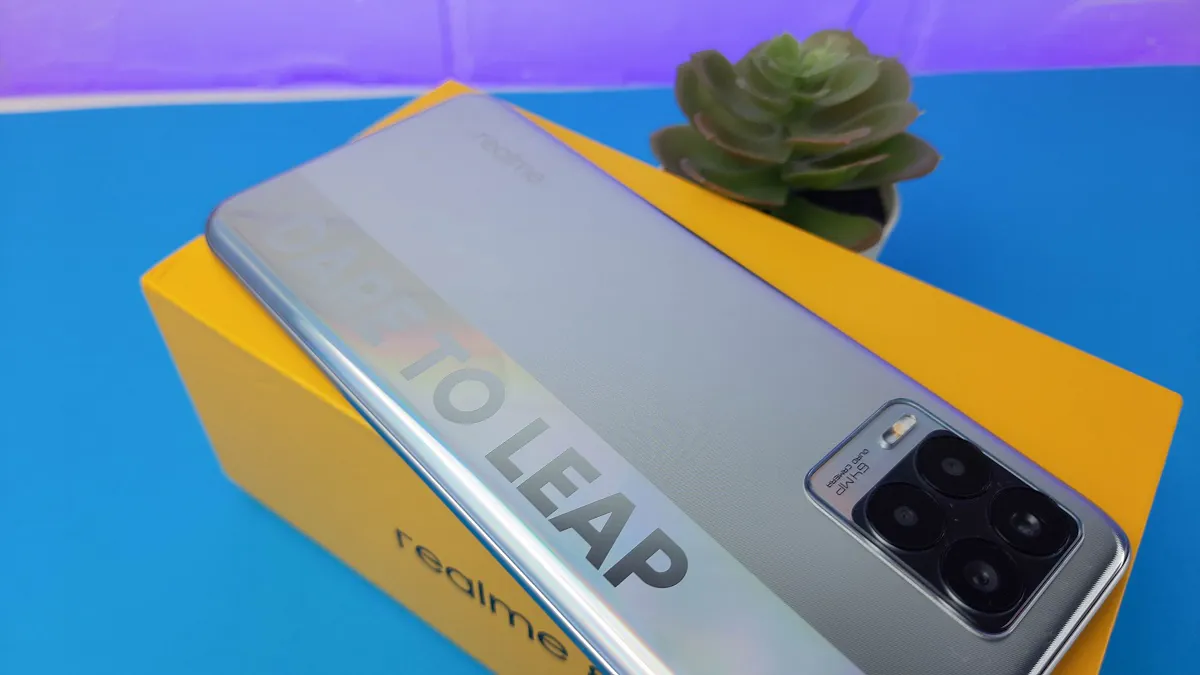
The square module of the main cameras with four massive round lenses protrudes slightly above the body.
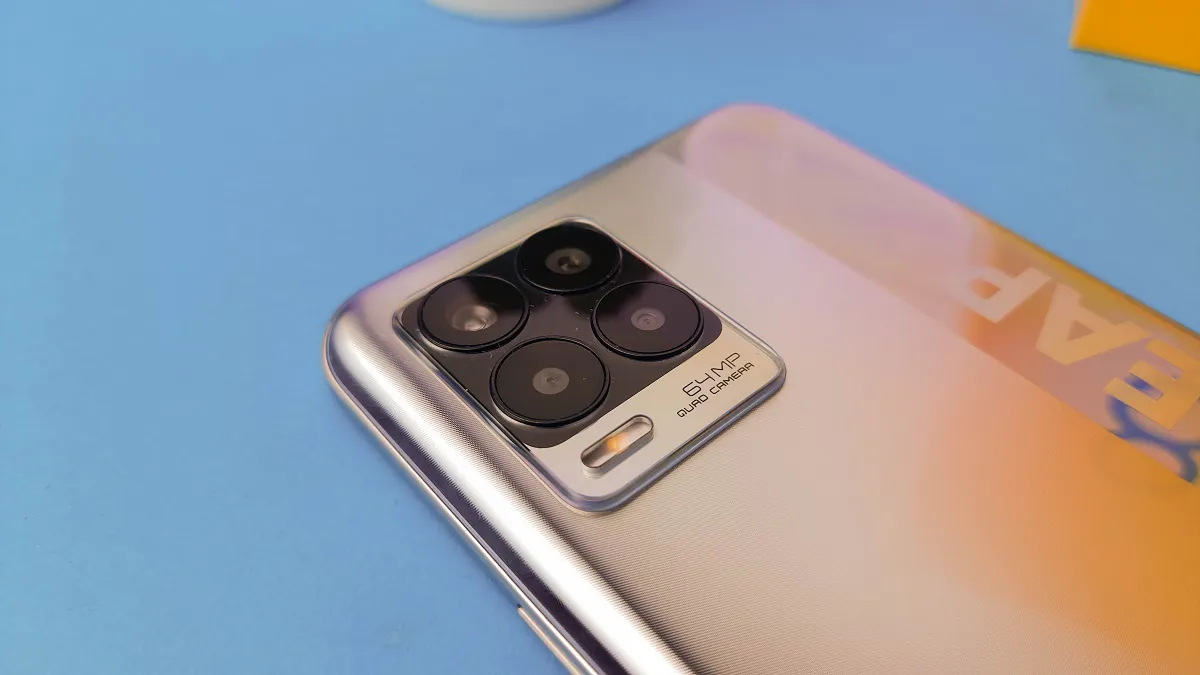
On the left side, there is a triple slot for two SIM cards and a memory card.
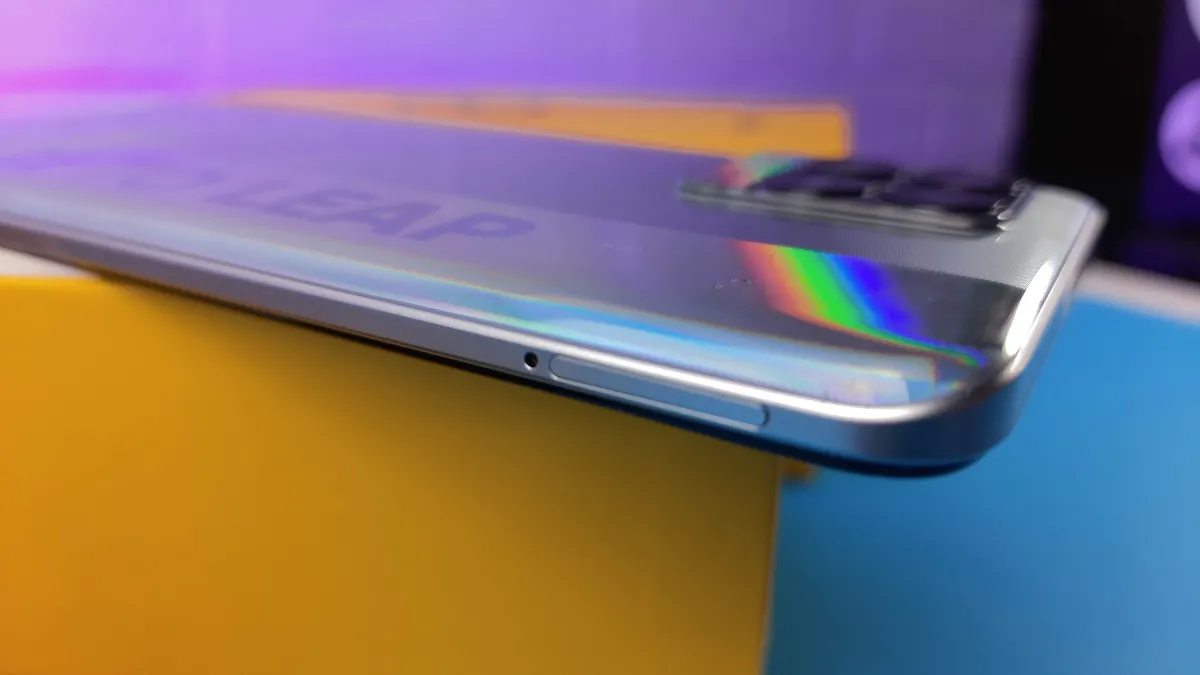
On the right we have a volume rocker and a lock button.
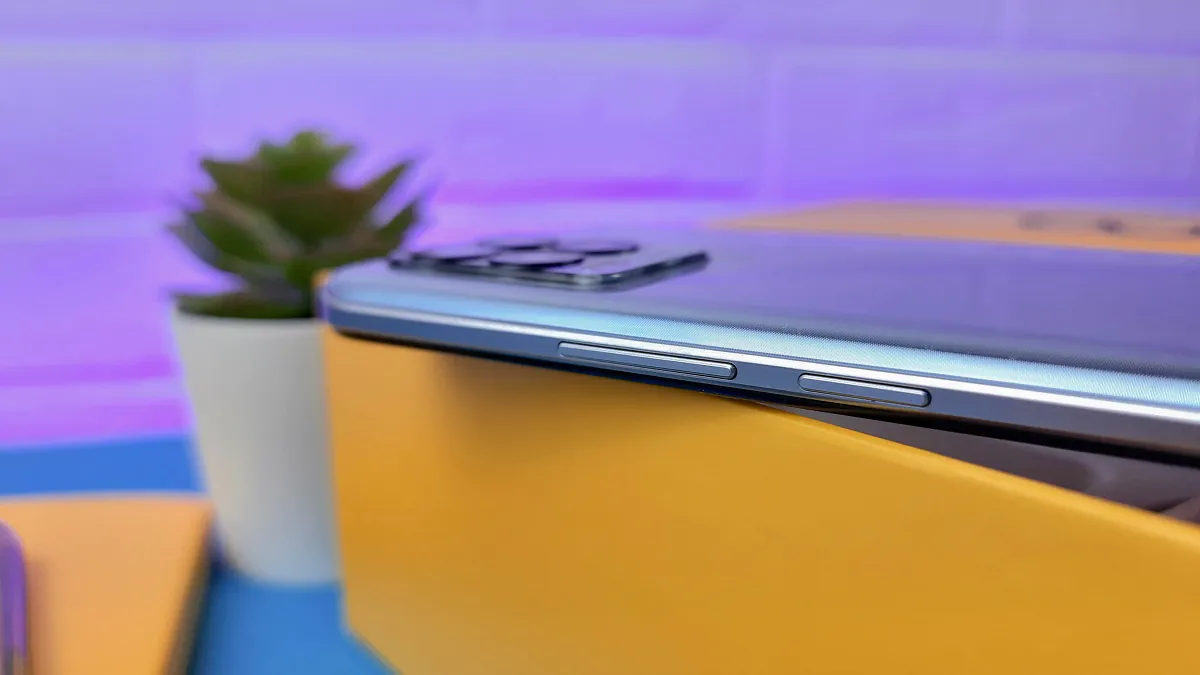
Around the display with a round notch in the upper left corner is a thin bezel with a slightly more protruding chin.

Only a microphone is installed on top, and a USB Type-C port, another microphone and speaker are installed on the bottom.
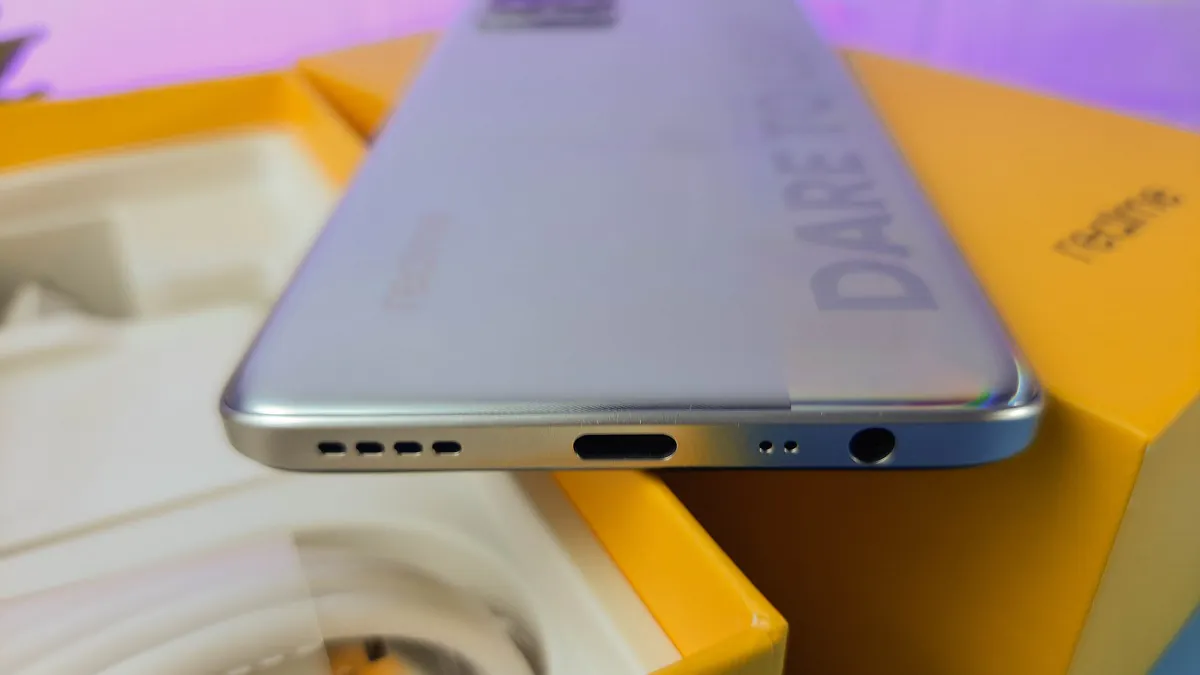
Read also: Huawei FreeBuds 4 review: Improved TWS earbuds with familiar design
Ergonomics
The realme 8 is not slippery and offers a good grip. With my long fingers, reaching the buttons or using the model with one hand turned out to be convenient. But even with smaller hands, everything should be fine too, because a smartphone with a 6.4-inch screen is relatively small and lightweight (160.6 × 73.9 × 8 mm, 177 grams).
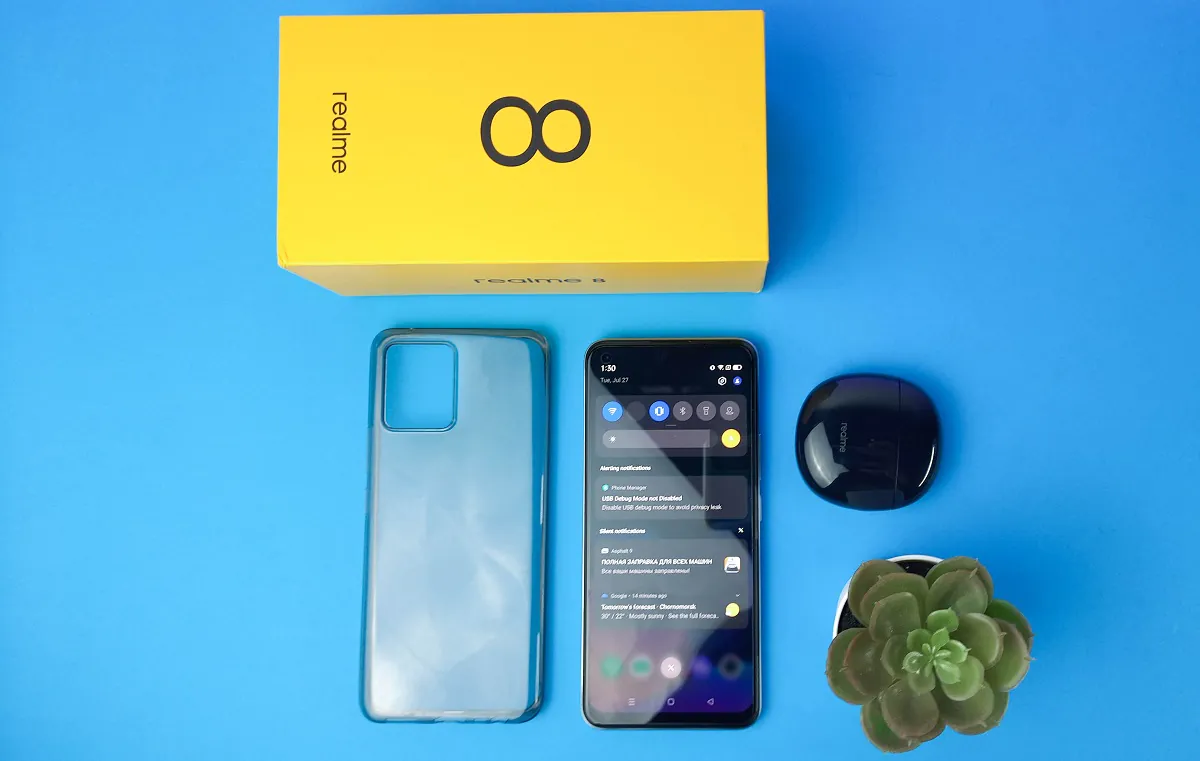
With a 5000mAh battery, the model is surprisingly slim. My Samsung Galaxy M31S with a 6000 mAh battery and a weight of 203 grams feels much heavier and bulkier.
Screen
The realme 8 is equipped with a 6.4-inch Full HD+ (2400 × 1080 pixels) screen with a Super AMOLED matrix and an aspect ratio of 20:9. It has a PPI of 405 and a maximum brightness of 1000 nits. HDR10 support is declared.
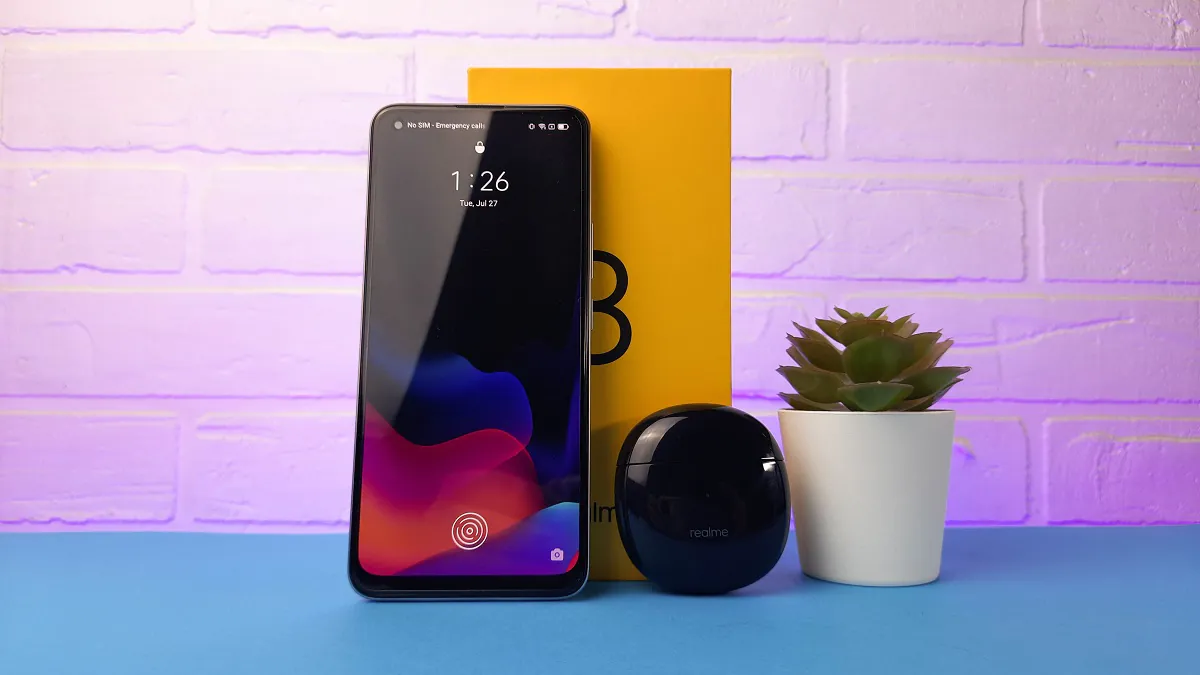
The model has a refresh rate of 60 Hz and not 90 Hz, as in the previous generation. But the matrix here is AMOLED, which is much juicier and brighter than IPS. Between IPS 90 Hz and AMOLED 60 Hz, I will definitely choose the latter. I realized this recently, when I got a Samsung smartphone, and before that I thought that IPS was okay. These are really good matrices, but they lack brightness and saturation. Therefore, if there is an opportunity to buy a smartphone with an AMOLED screen, do not hesitate.
In the upper left corner of the display you can see a round notch for the front camera. There is a built-in fingerprint scanner in the center and bottom. It doesn’t work instantly, but it’s quick and you get used to it almost immediately. In the settings, you can select one of several animations when you touch the sensor with your finger.
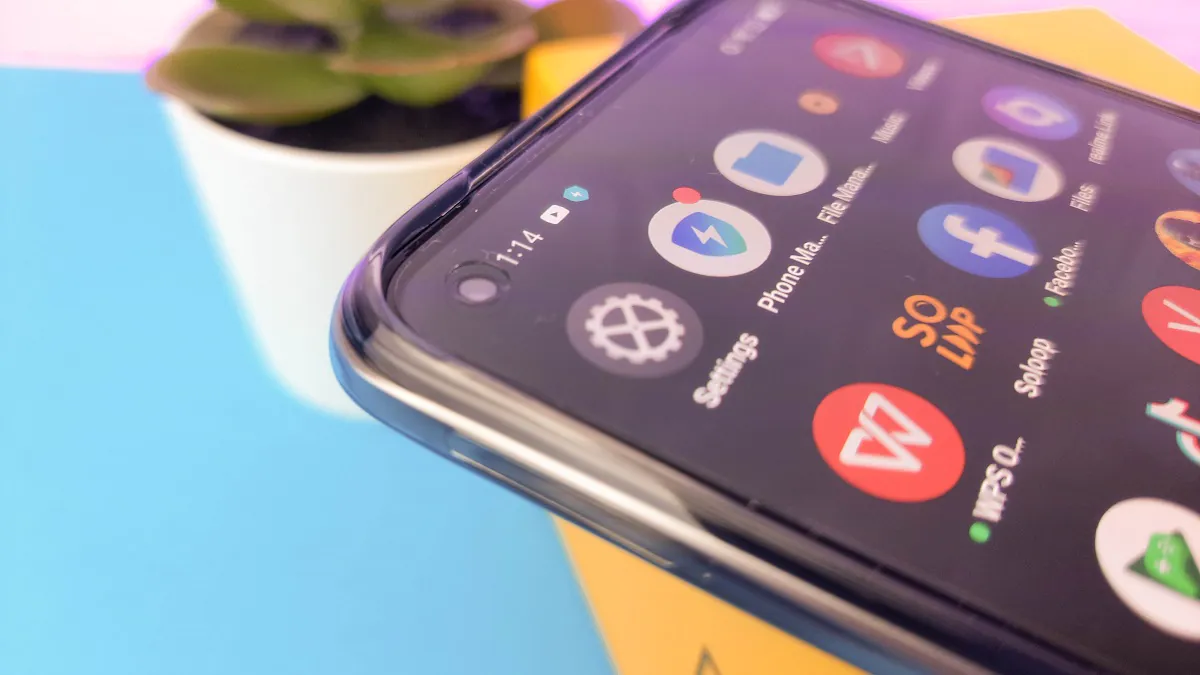
The smartphone has a choice of color temperature, sRGB and DCI-P3 change, DC Dimming and OSIE intelligent image enhancement system. It tracks the movement of the user’s eyes and improves the picture in his field of vision. This affects the battery consumption, but, of course, only if you watch a video for a long time. I rarely used it, so the technology did not affect the operating time.
The screen is bright enough for use in the sun. Of course, the legibility worsens, but you don’t need to squint or hide in the shade to call someone.
Performance
The realme 8 is powered by MediaTek Helio G95 processor with Mali-G76 graphics. This is an 8-core model based on 12nm process technology. The chip has six Cortex-A55 cores up to 2 GHz and a pair of Cortex-A76 cores up to 2.05 GHz.
MediaTek Helio G95 performs better than many other budget chips from the manufacturer and is even suitable for games, but there is throttling and even more of it than expected. In the 15 minute stress test, the processor performance dropped by a maximum of 32%. This and other benchmark results in Geekbench 5, 3DMark and PCMark you can see below:
The official realme 8 comes with 6GB LPDDR4X RAM and 128GB UFS 2.1 internal storage. But in various online stores you can find a version of the smartphone with 4 GB of RAM. If desired, a microSD memory card can be used, especially since the slot of the device is triple, so you won’t have to sacrifice a SIM card.
Realme 8 has a game mode with a separate menu. It appears if you drag on the edge of the bookmark in the upper left corner of any game. Here you can choose one of three performance modes, see the CPU and memory utilization, and also see the number of fps in the game.
Read also: realme 8 Pro vs Redmi Note 10 Pro — Mid-range smartphones head-to-head
The smartphone runs modern games without any problems. PUBG Mobile runs on high graphics settings and with 35+ fps. But it is better to run Genshin Impact at minimum or low settings, and then you can get 35 fps and higher. The game runs at high settings, but a maximum of 30 fps and even then in cities fps sags to 15-20, which is not at all comfortable. Call of Duty Mobile runs on maximum settings with no problems. Same goes for Asphalt 9, World of Warships Blitz and Wild Rift. In the latter, the frame rate is either stable 30 fps and higher.
Cameras
The realme 8 is equipped with a quadruple main camera with a 64MP main module, an 8MP ultrawide auxiliary module, a 2MP macro camera and a 2MP sensor for bokeh effect. The announced functions are Quad Bayer, phase detection autofocus and digital zoom with a maximum magnification of 10x. There is no optical stabilization.
You get supermacro, time-lapse, (mediocre) shooting of the starry sky, night mode, “Pro”, slow motion and more.
The selfie camera is wide-angle with a 16MP Sony IMX471 sensor. It has panoramic shooting and background blur.
In good lighting, the photos are clear and juicy. With HDR turned on, of course, the pictures have an artificial look, but they still look pretty.
Naturally, in low light, noise appears, and in the dark, the situation can be corrected by a good night mode.
The zoom is weak and it is better not to use it at all. But this applies not only to the realme 8, but also to all smartphones in this price segment.
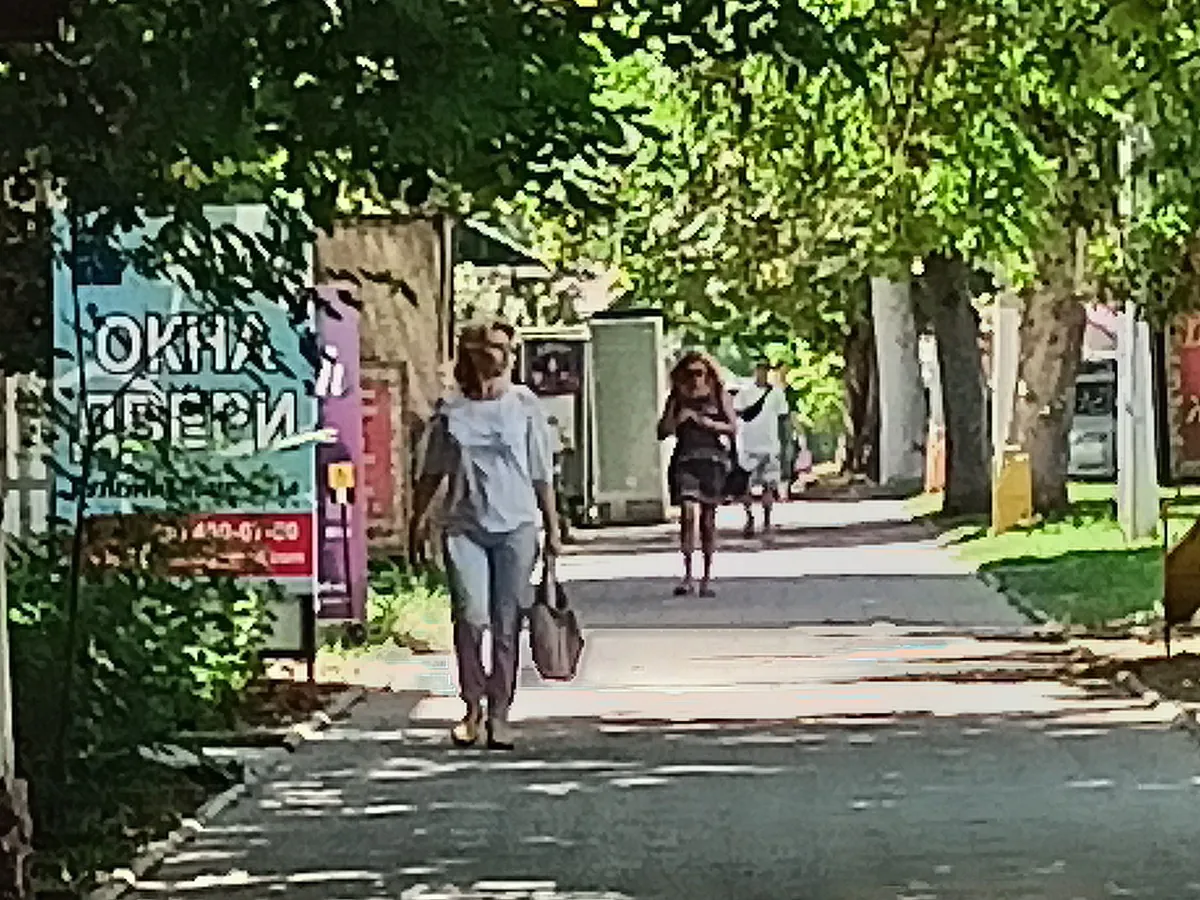
Macro photography is fine and needs a lot of light.
The smartphone shoots video in 4K at 30 fps, in 2160p at 30 fps, in 1080p at 30 and 60 fps, as well as 720p at the same frame rate. There is also slow motion in 1080p at 120 frames per second and 720p at 240 and 120 fps. The selfie camera shoots in 1080 and 720p at 30 frames per second, and also makes slow-motion videos in 1080p at 120 fps.
Read also: Realme GT review: Track-Worthy Smartphone for the Masses
Battery life
The realme 8 received a 5000 mAh battery. The battery supports 30W Dart Charge fast charging. The smartphone takes approximately 60-65 minutes to charge 100% and 25-30 minutes to charge 50%.
In fact, with average use, the device works for one and a half to two days. Naturally, if you load more games and videos, then you can “kill” it in a day. And if, on the contrary, you use it less, then it will be enough for more than officially announced.
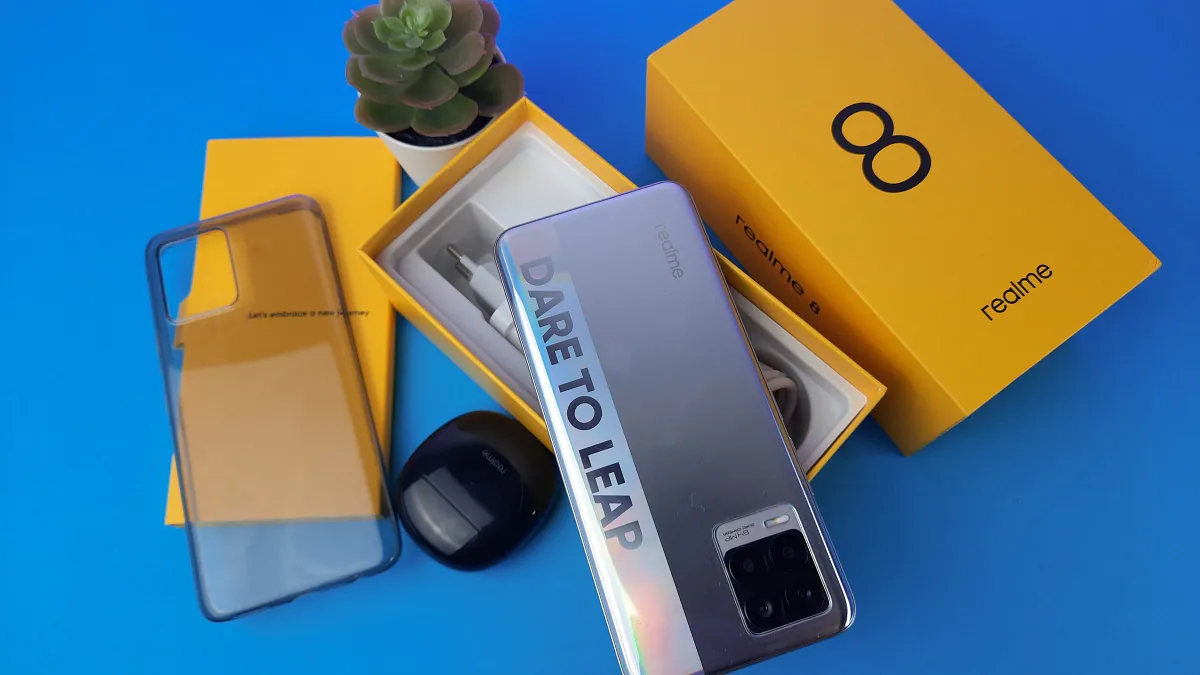
Sound and connectivity
Unlike previous models, realme 8 did not receive stereo speakers, so the sound will only be mono. The volume is normal, you can listen to music, as well as watch movies or videos on YouTube. The speaker almost does not deteriorate at maximum volume and sounds more than acceptable.
The sound in headphones is no revelation, but will suit most users. Audiophiles should use more expensive headphones and enable the new Loseless feature in Apple Music. The smartphone does not support Dolby Atmos.
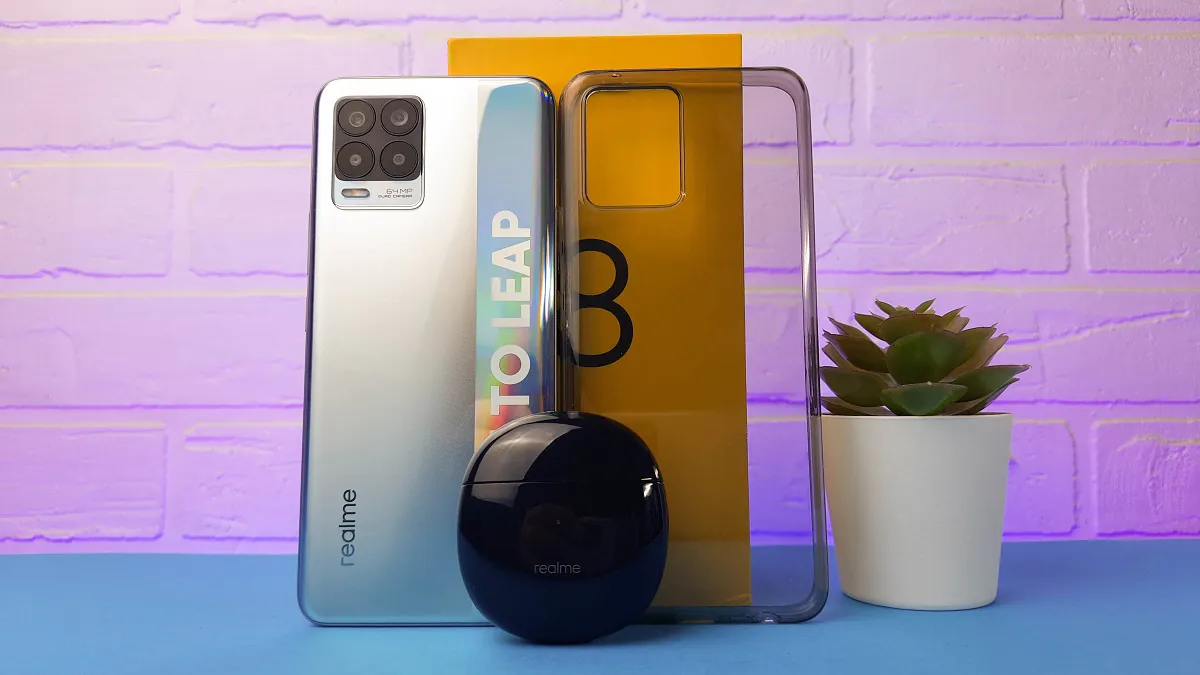
The modules include Wi-Fi a/b/g/n/ac 2.4/5 GHz, Bluetooth 5.1, NFC, GPS, AGPS, GLONASS, GALILEO, Beidou, as well as support for 2G, 3G and 4G.
Firmware and software
In realme 8, the Android 11 OS is installed, on top of which is the proprietary realme UI 2.0 shell, based on OPPO’s ColorOS. The superstructure is modern, nice, multifunctional and at the same time minimalistic. There are many settings for the appearance and design, you can greatly redesign the set of buttons in the notification curtain, select the shape and color of icons, their number on the desktop, select the wallpaper, put “live” pictures and so on.
realme UI 2.0 is fast and does not slow down at all. And as much as I love MIUI, this one is faster. For all the time of tests, the shell shows signs of slowing down, and the UI reacted with lightning speed to touches and commands.
Verdict
The realme 8 is a product of its time. This is a kind of usual version of a modern inexpensive smartphone for the average user. It has a bright AMOLED screen, a powerful battery with fast charging, a decent 64 megapixel camera, a nimble fresh shell and a fingerprint scanner built into the display.
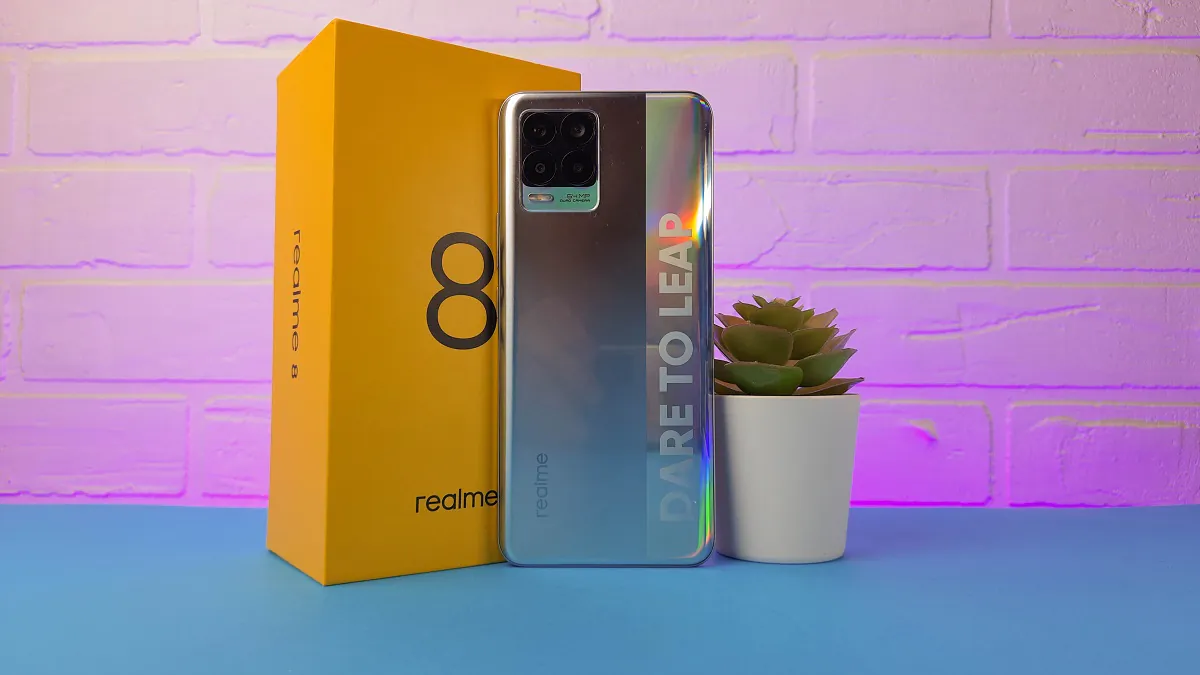
And if you like the bright glossy design and do not want to leave scratches, then it can be protected with a bundled cover.

Read also: Realme Buds Air Pro review: Flagship ANC true wireless earbuds
Subscribe to our accounts:


